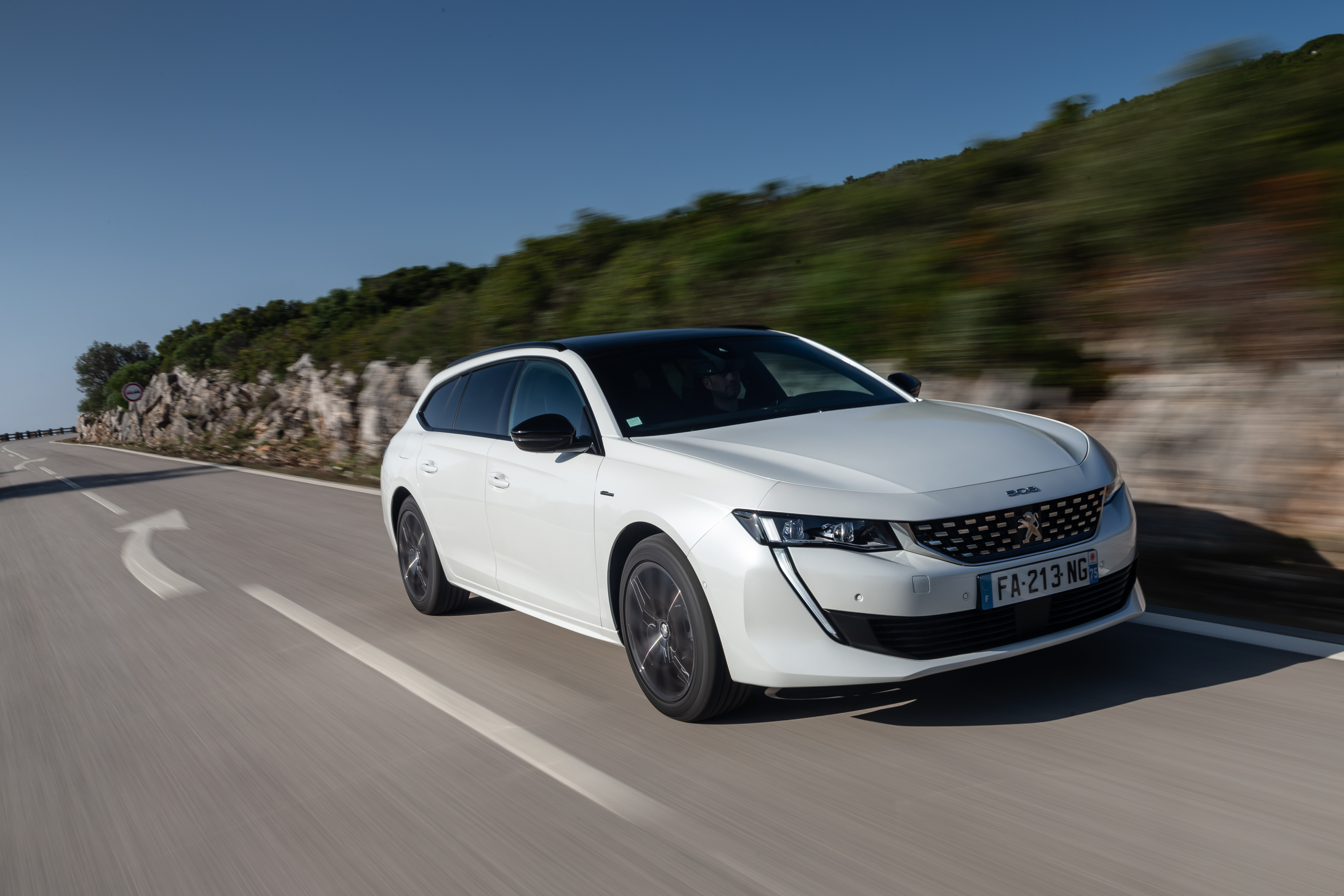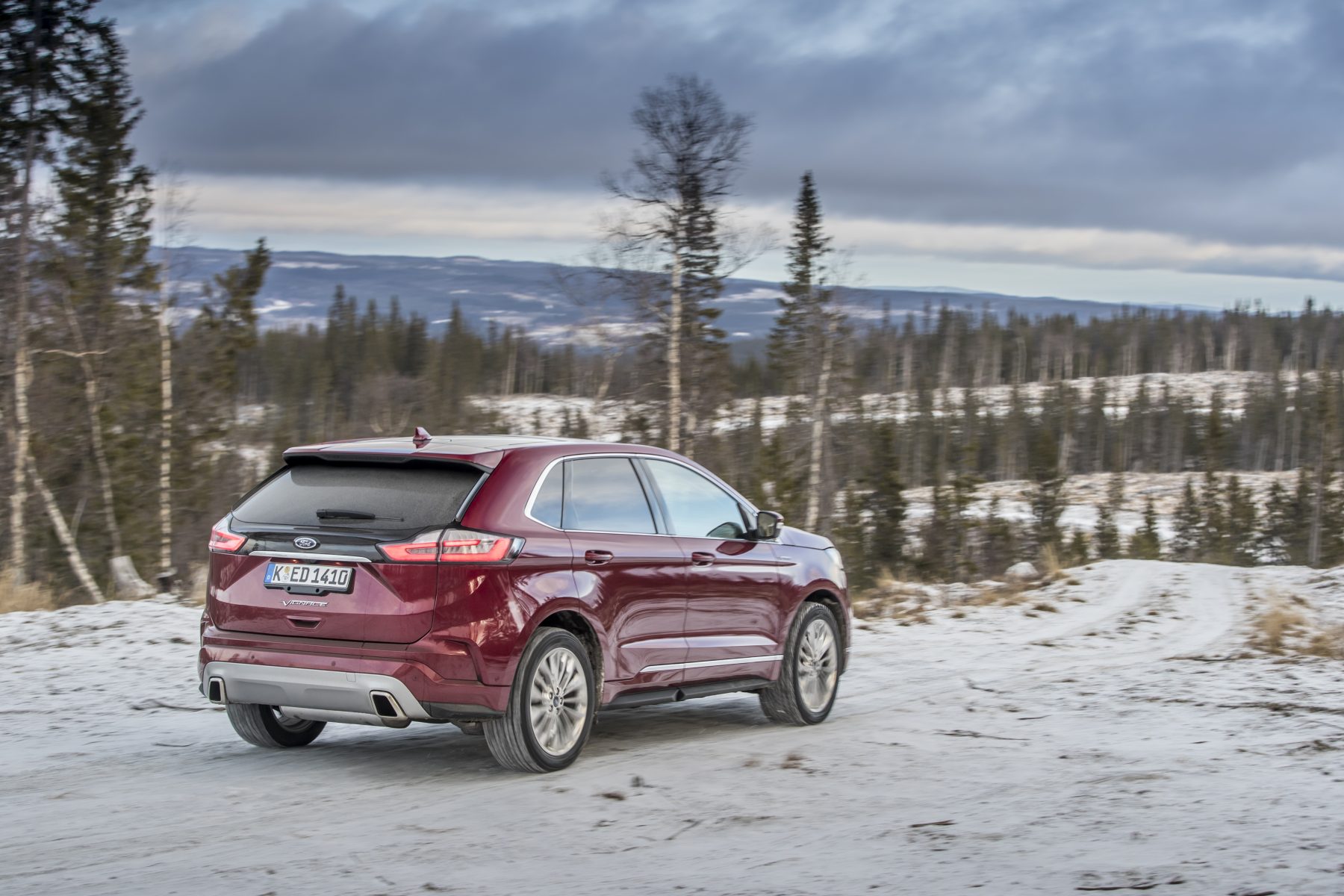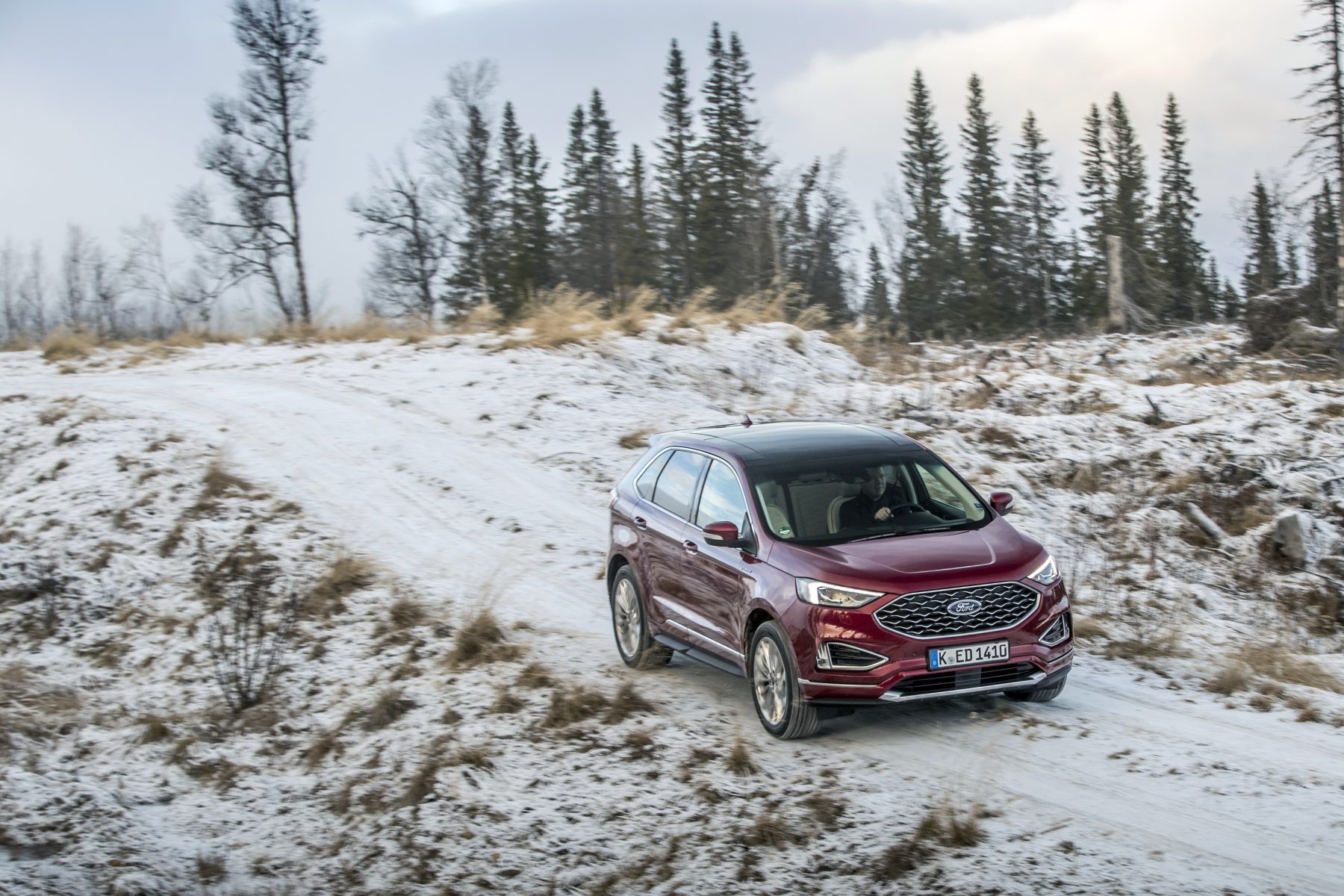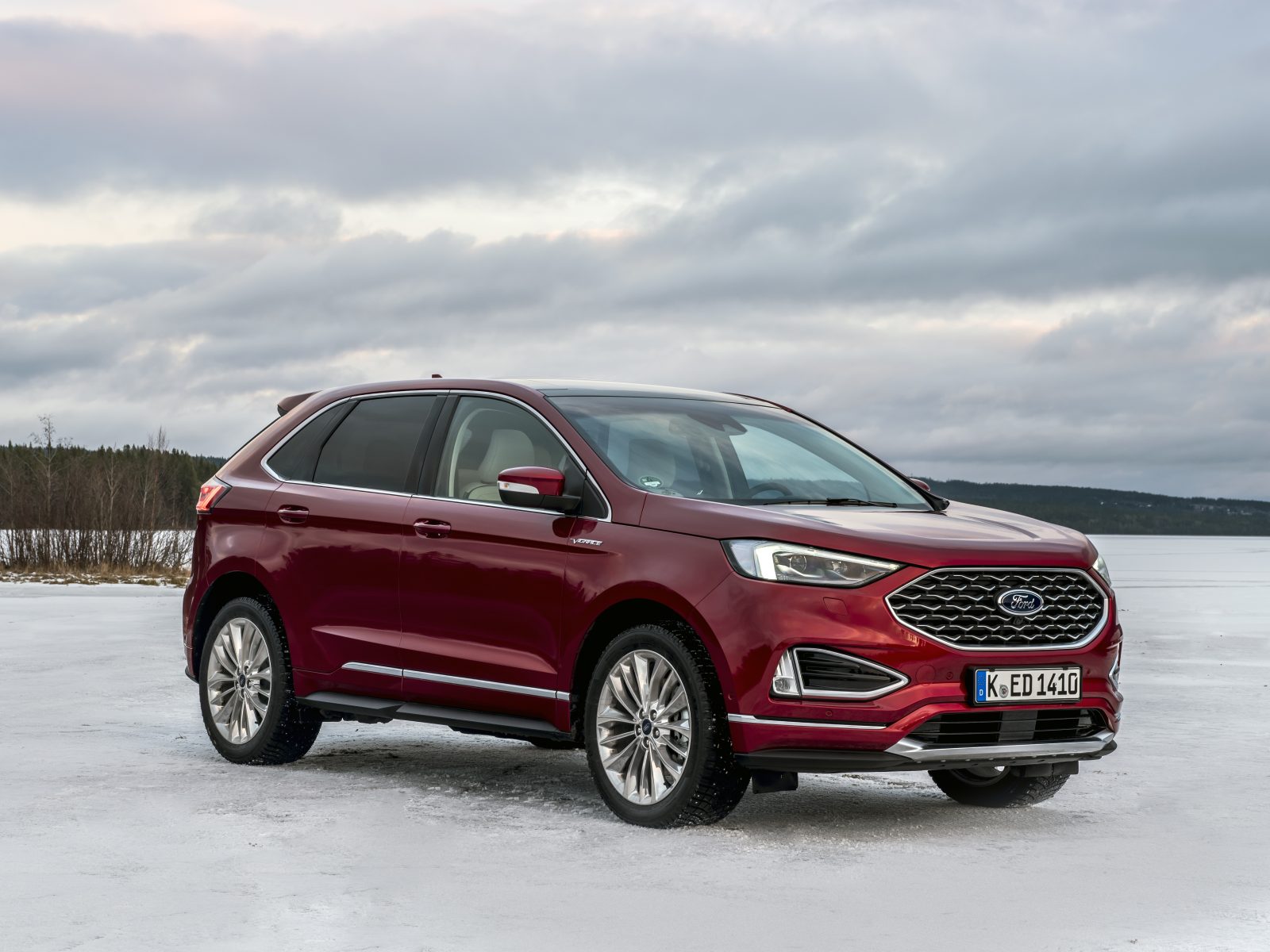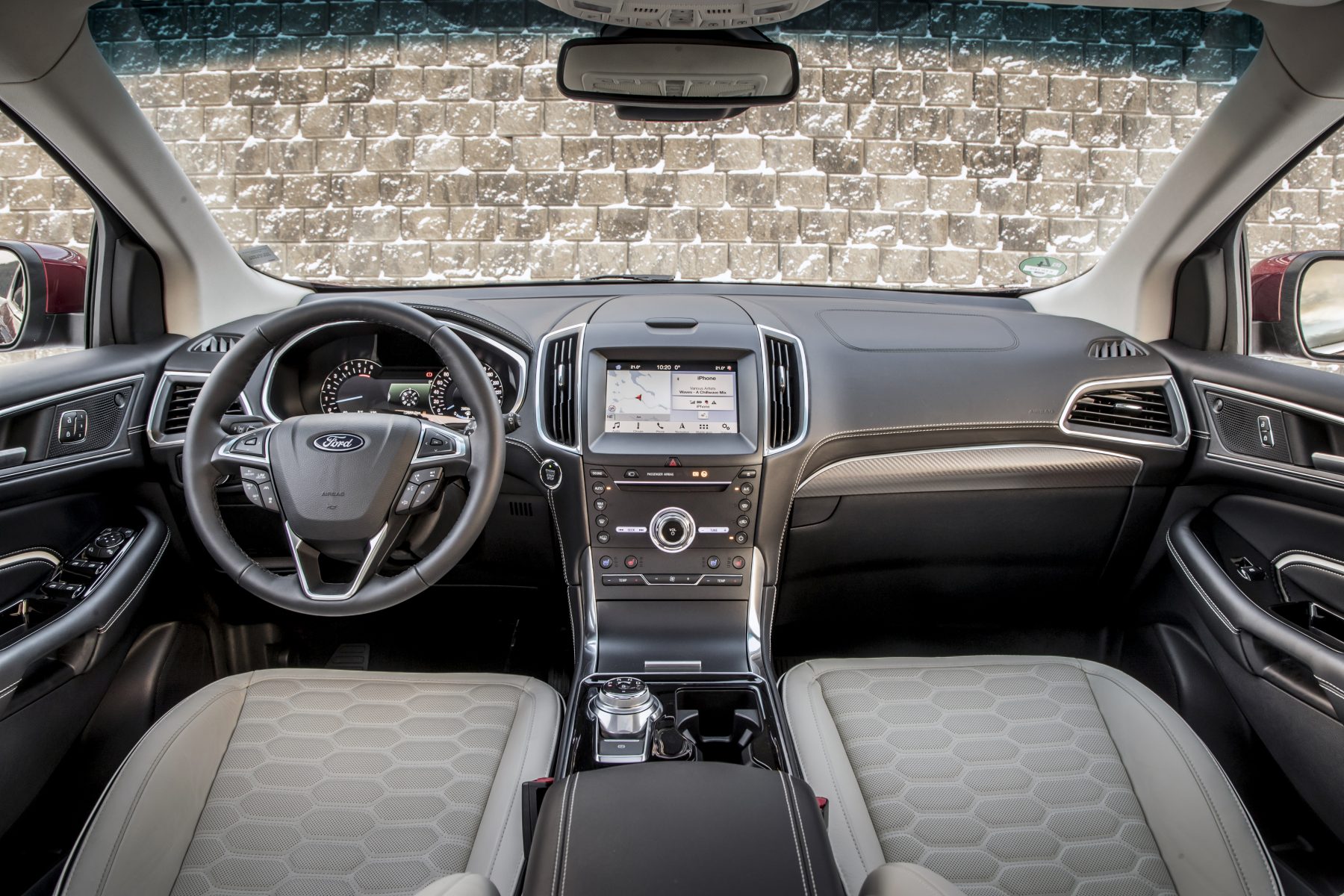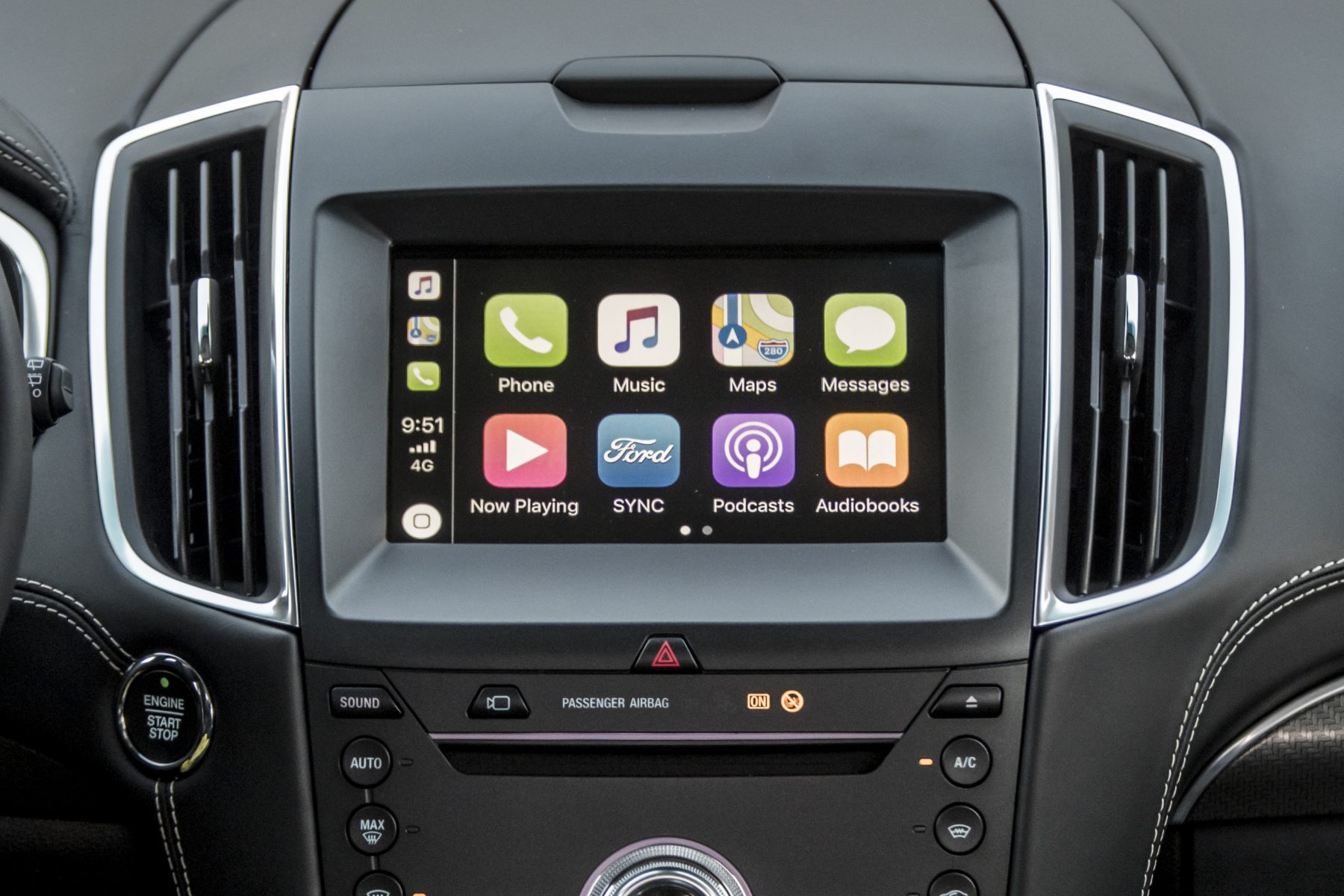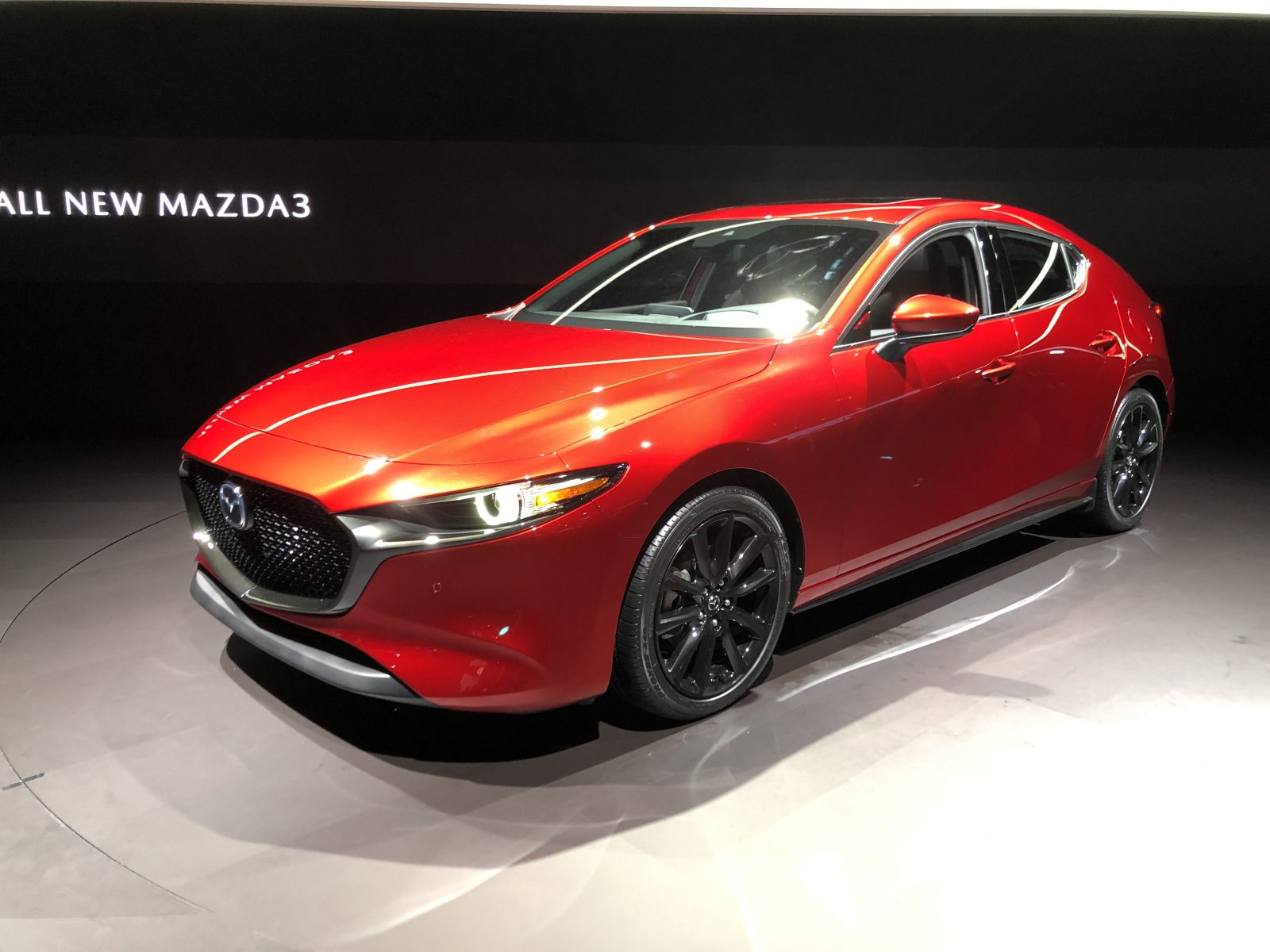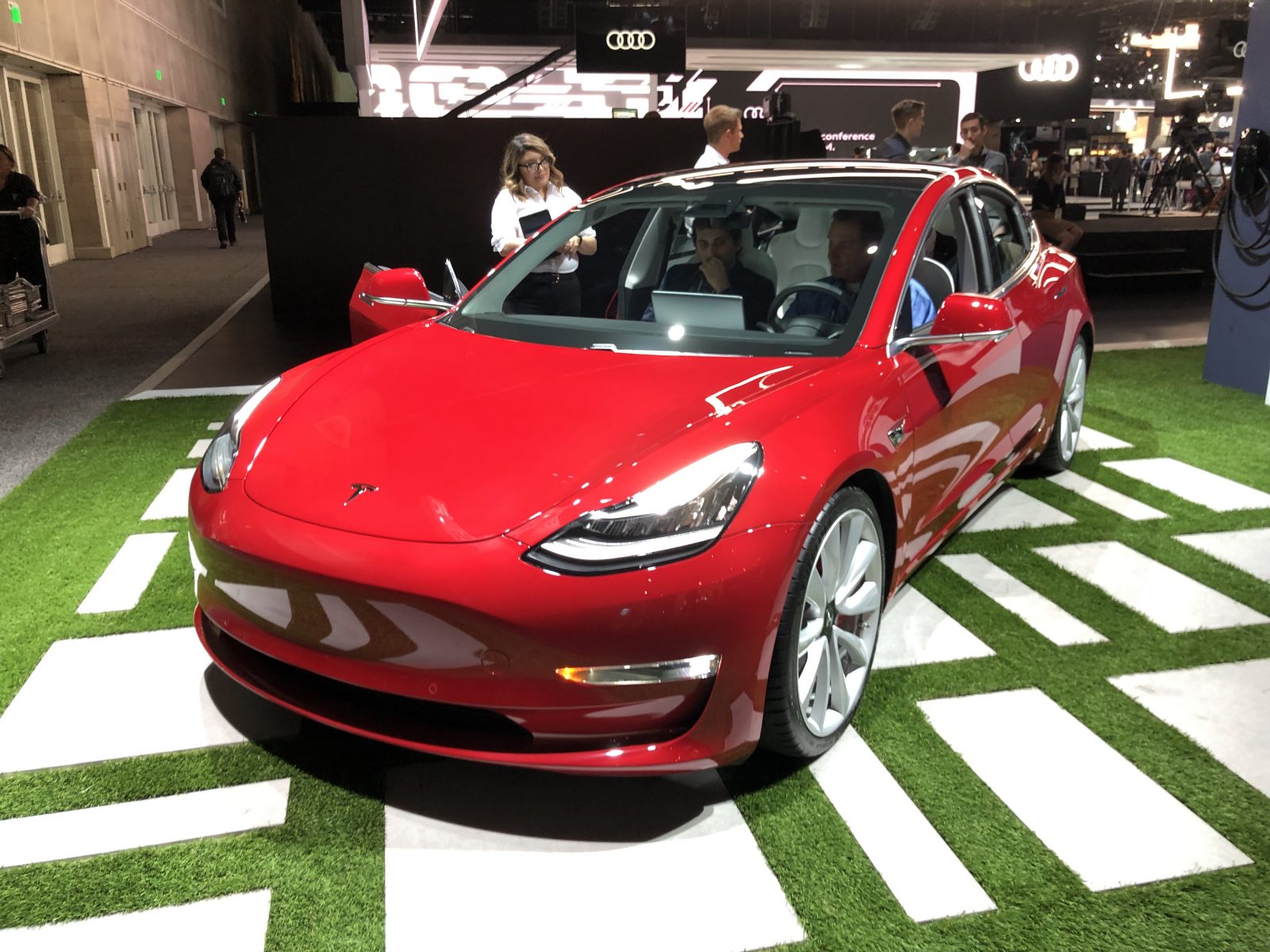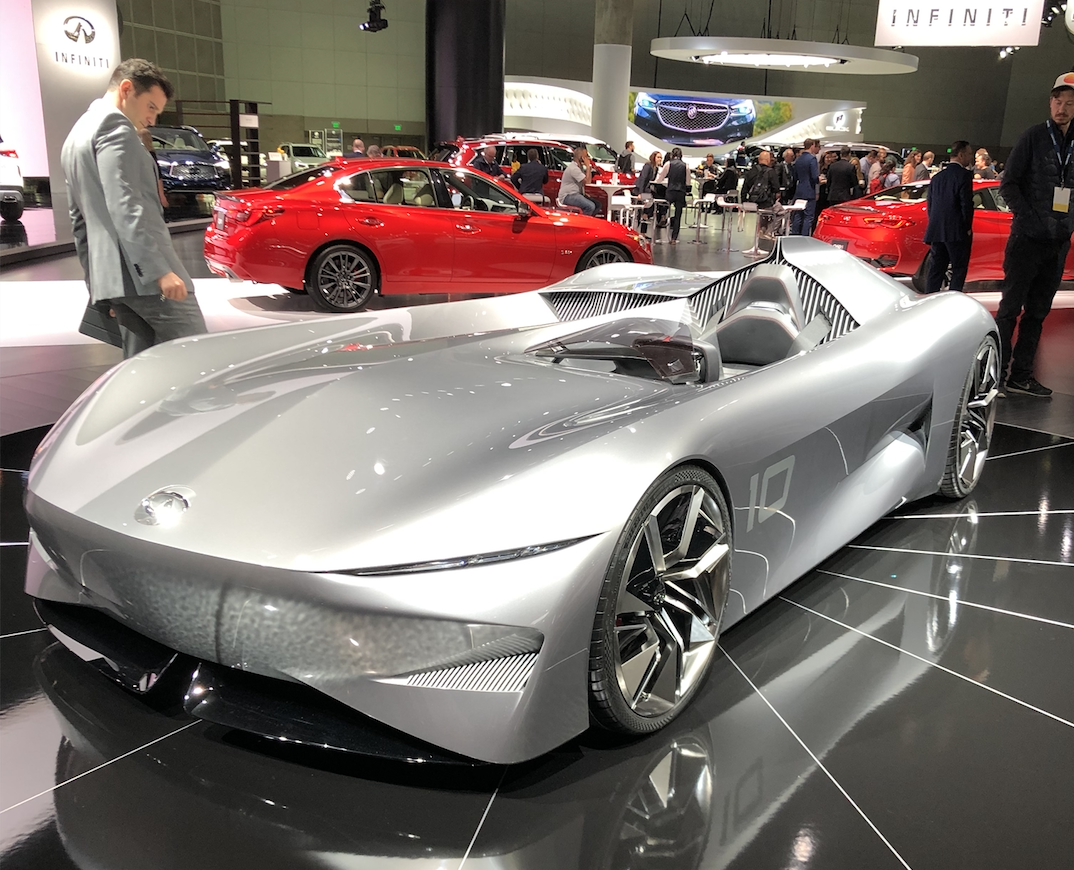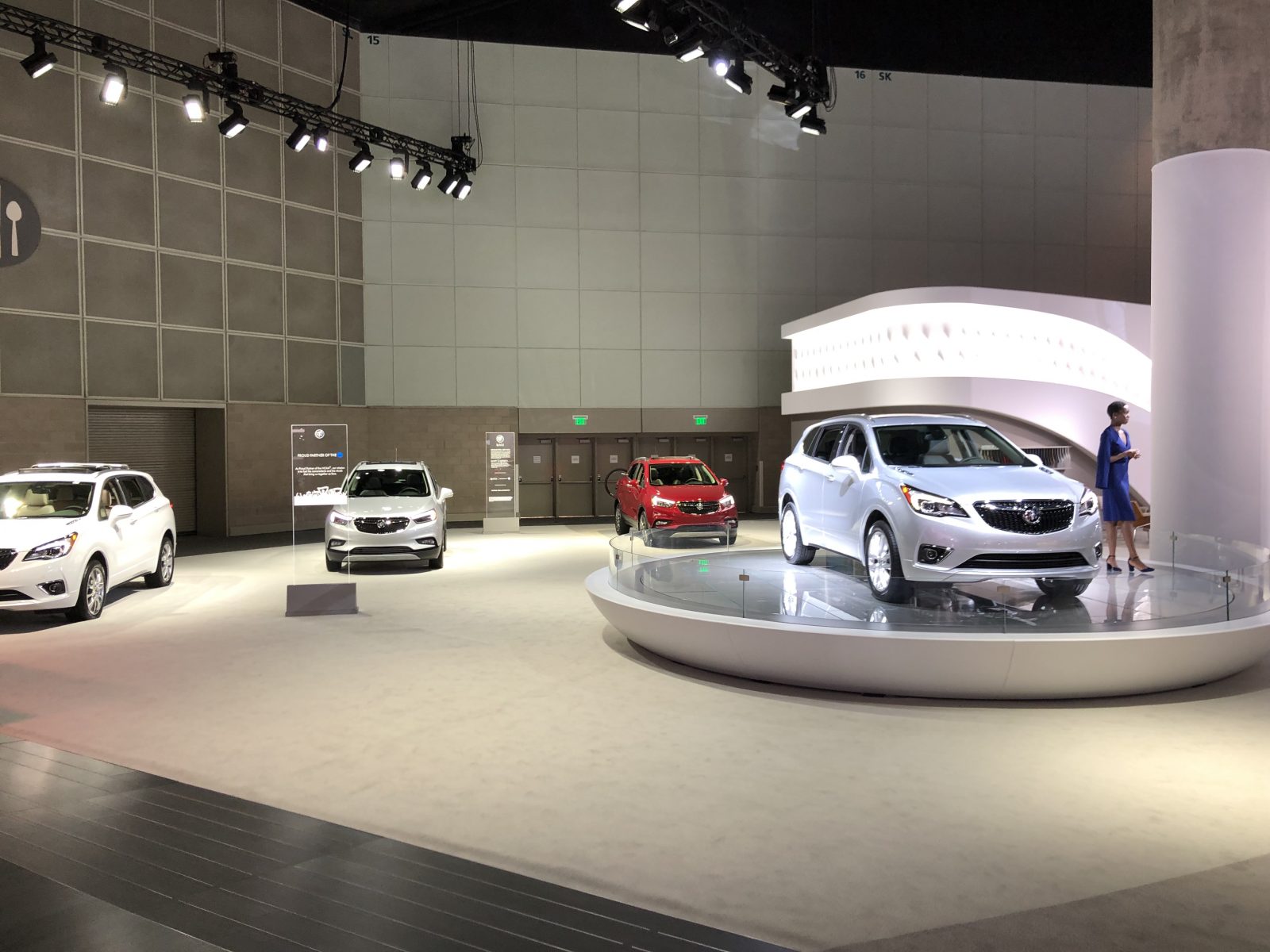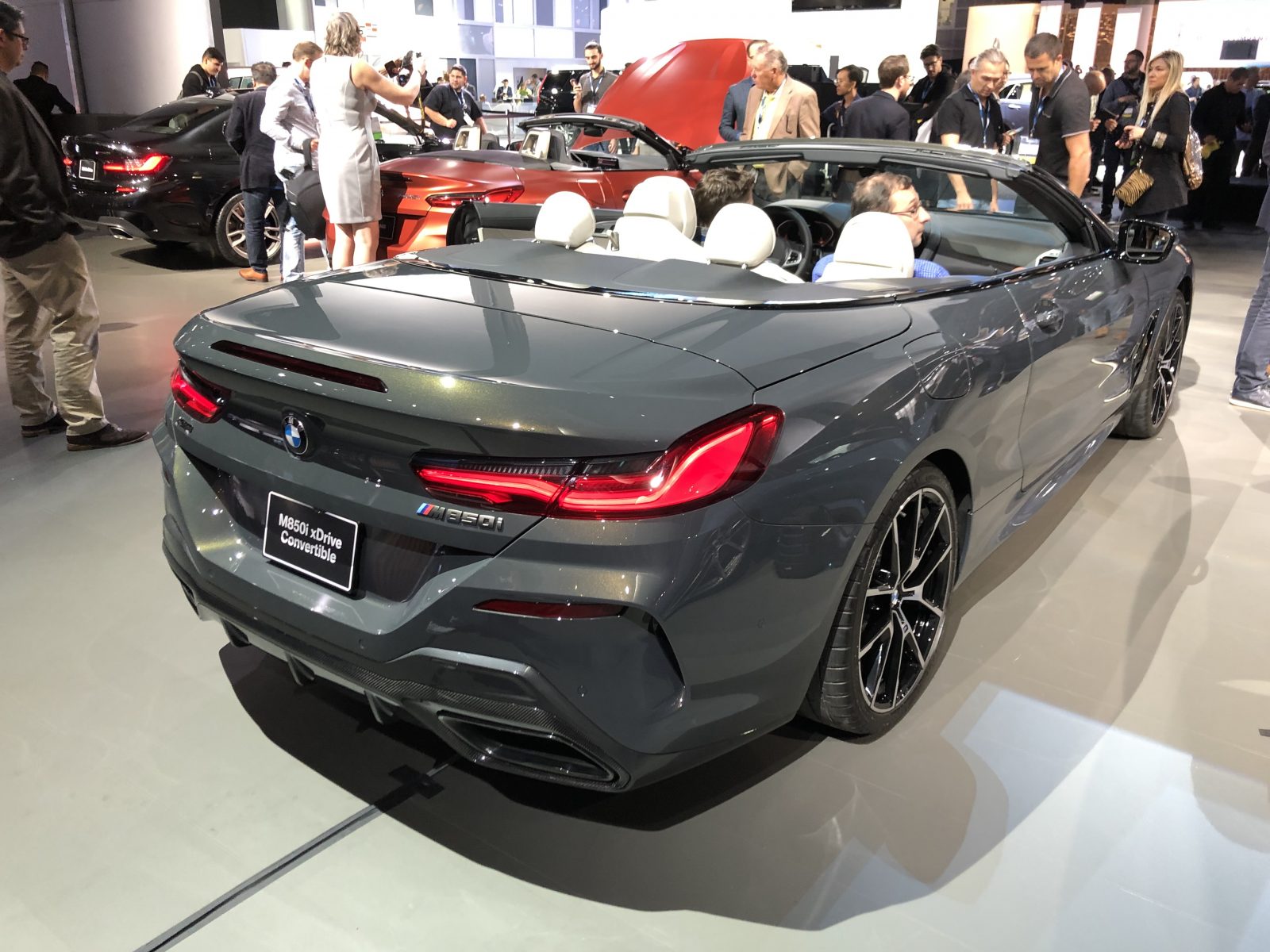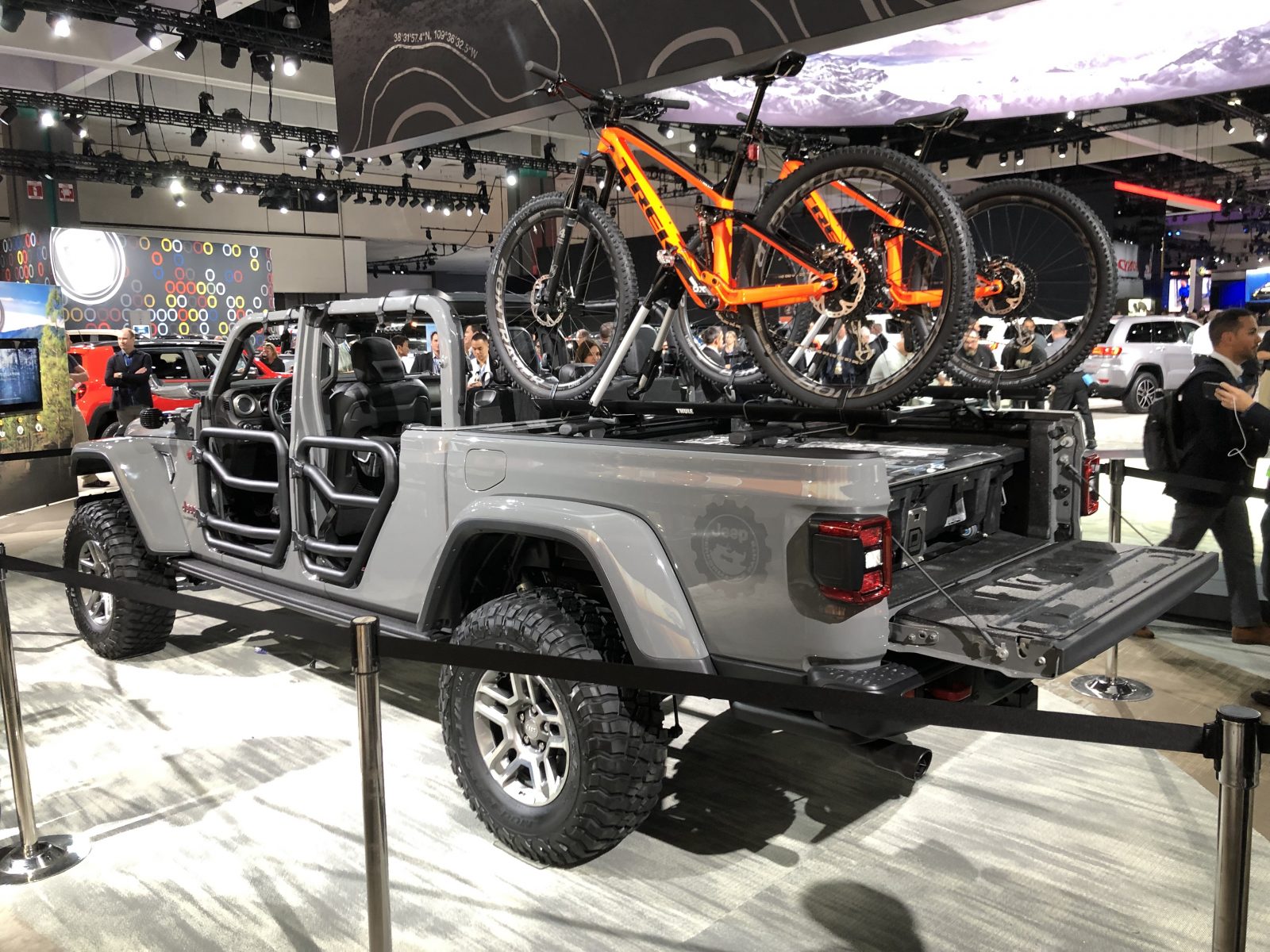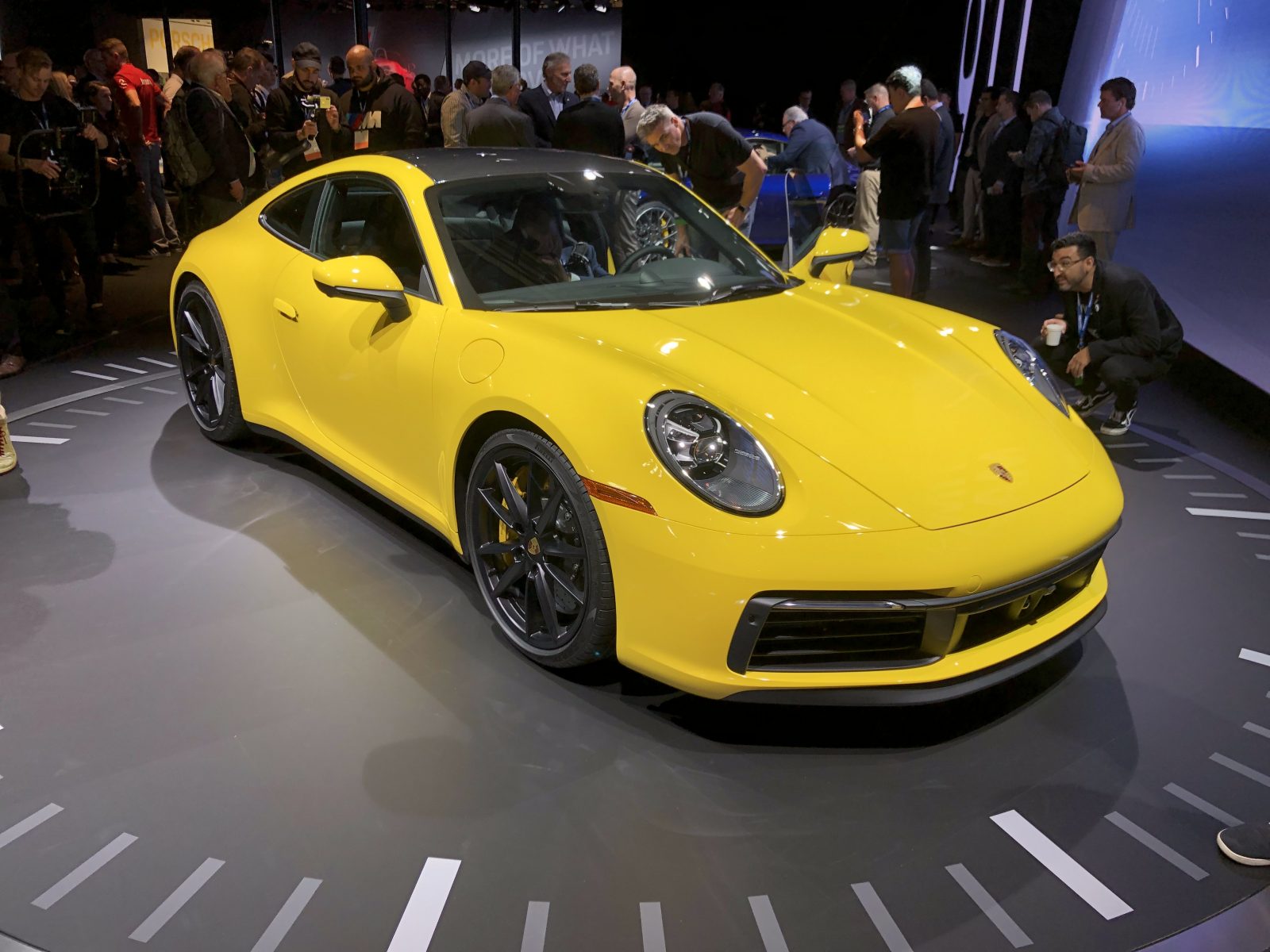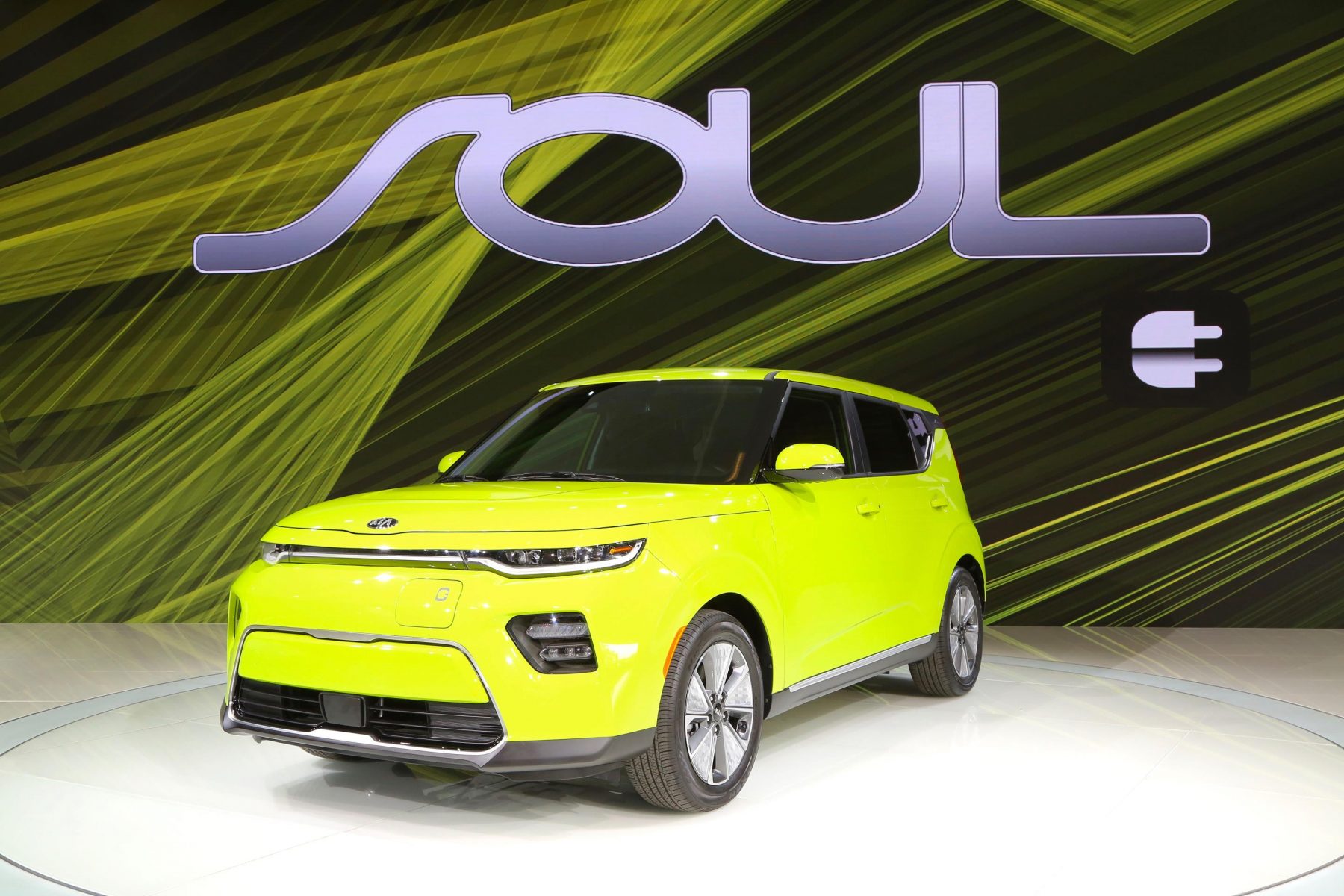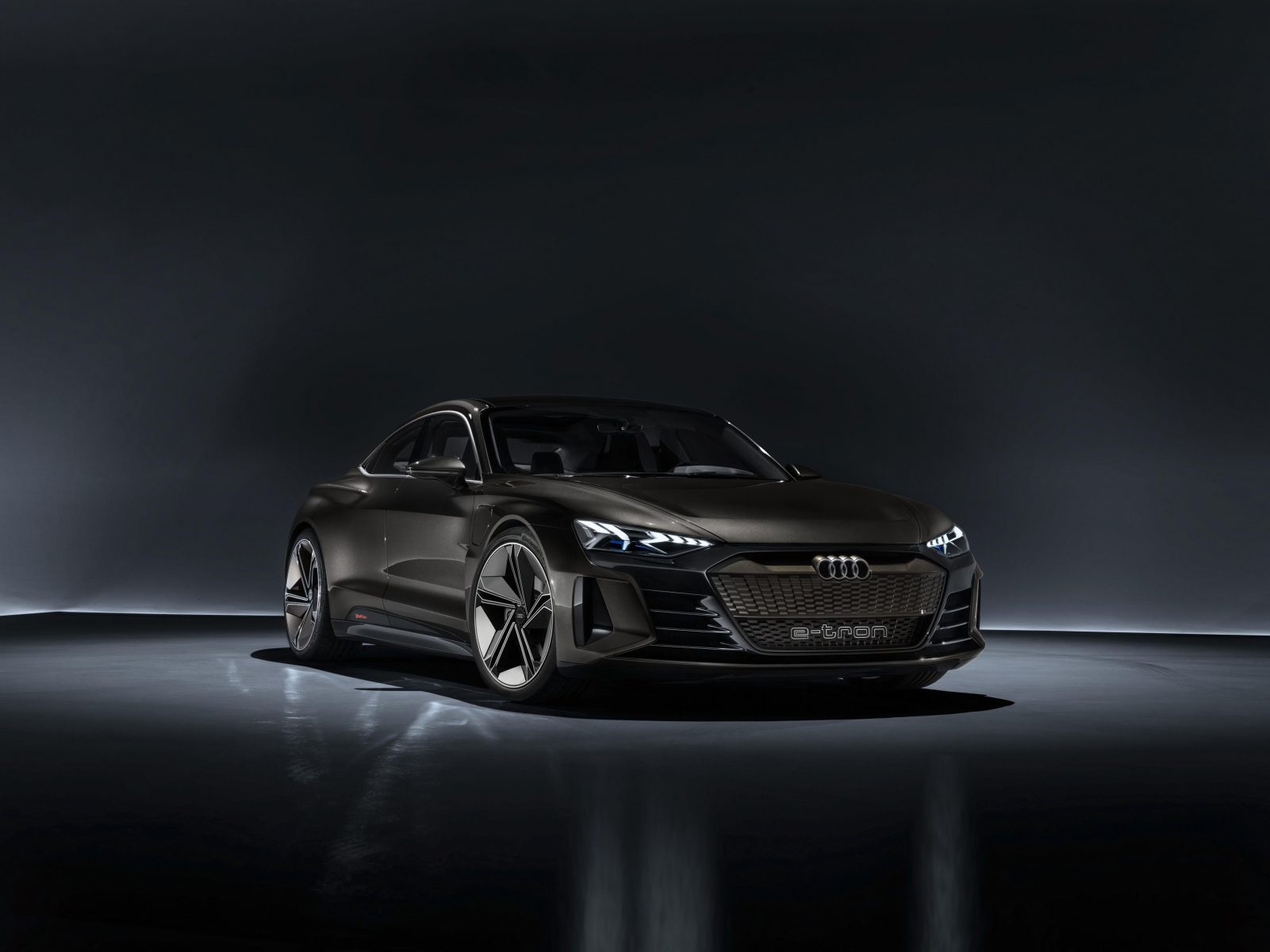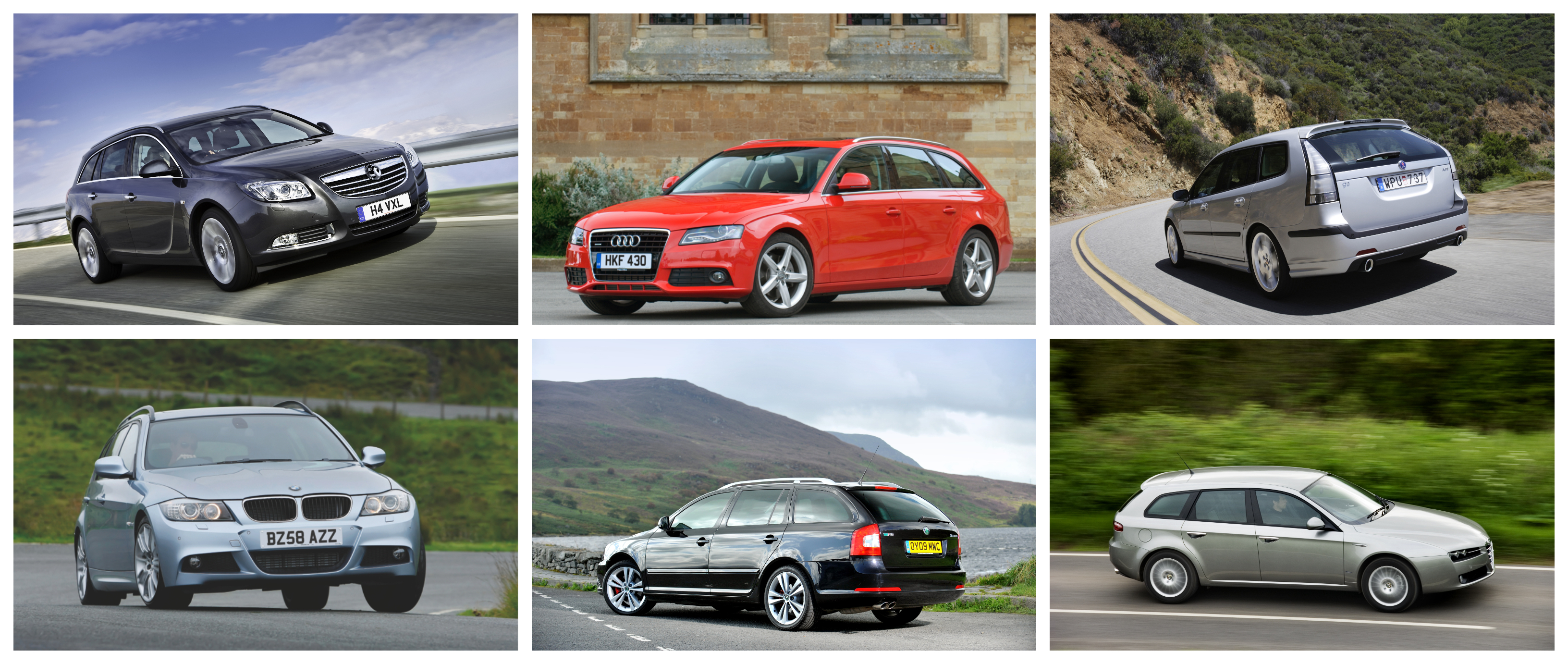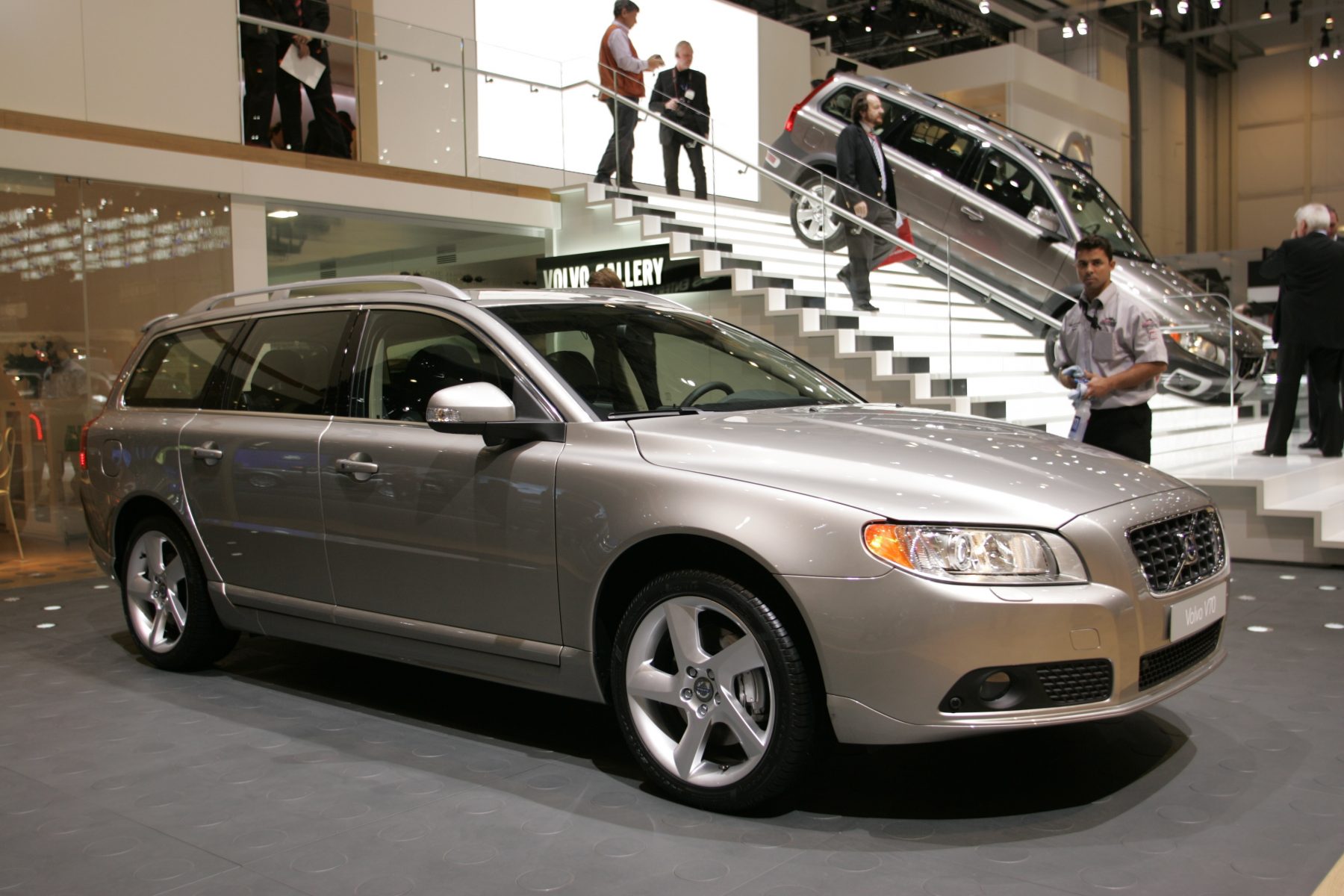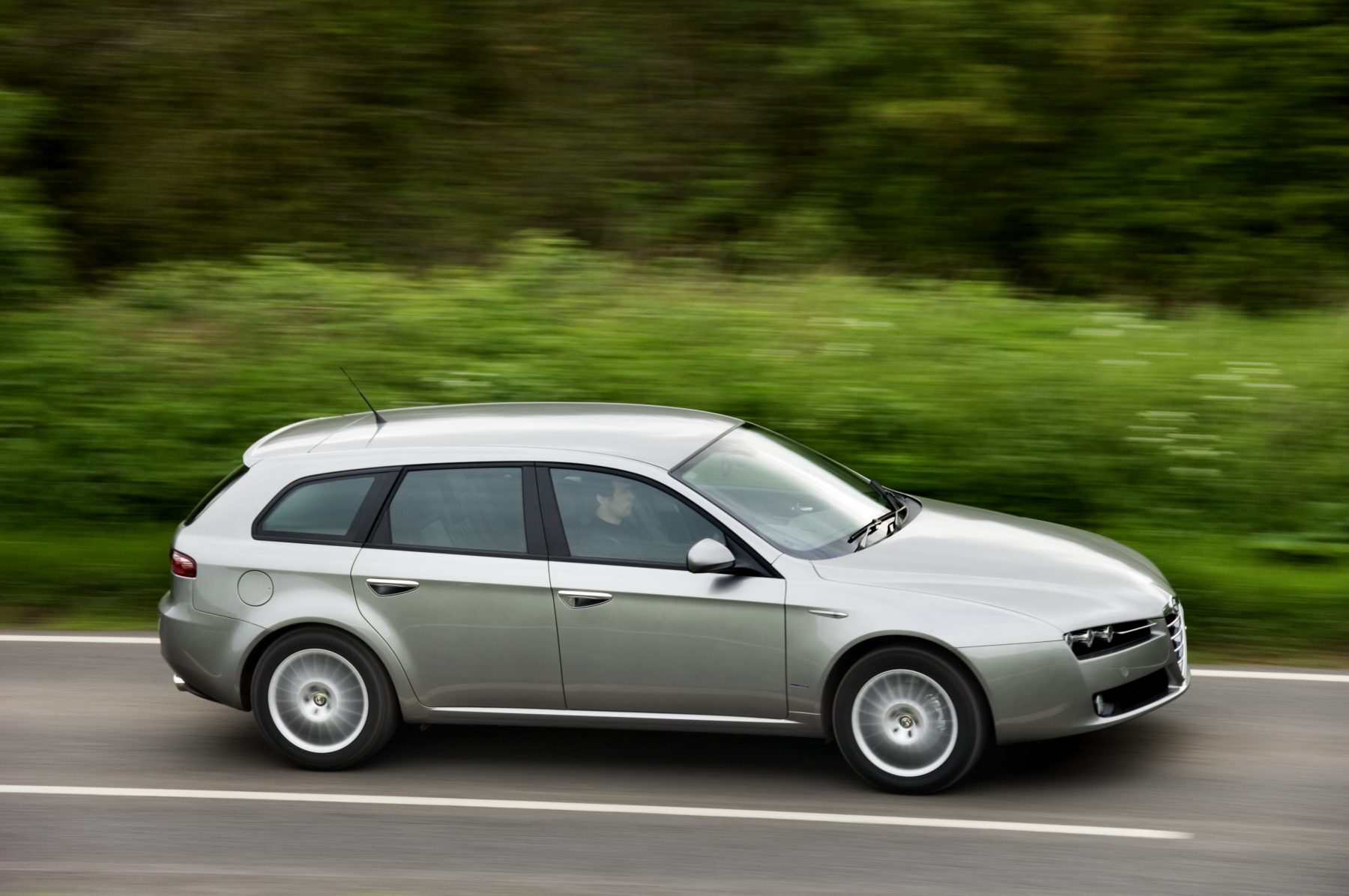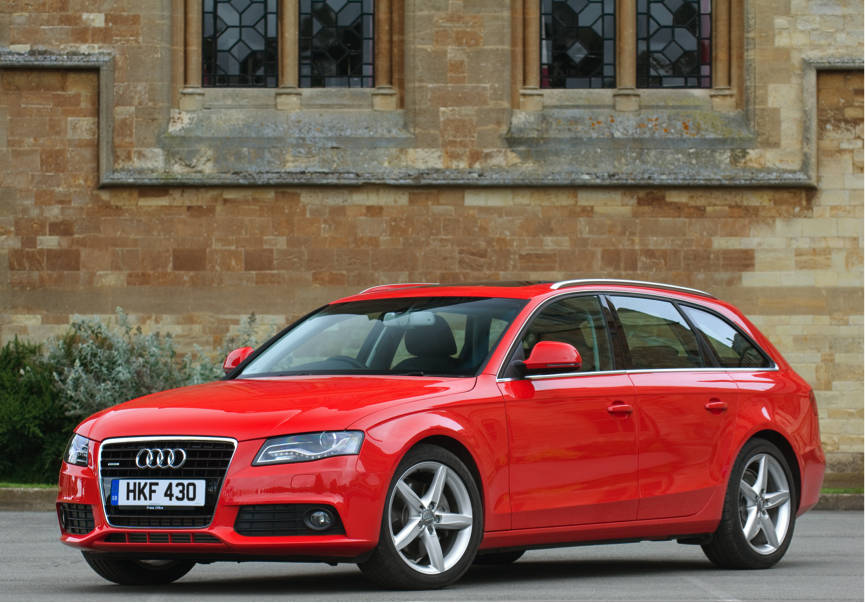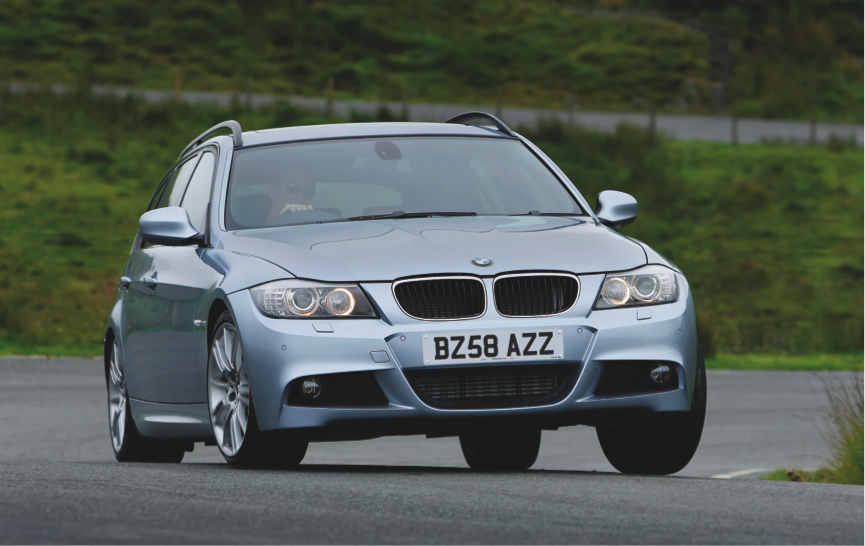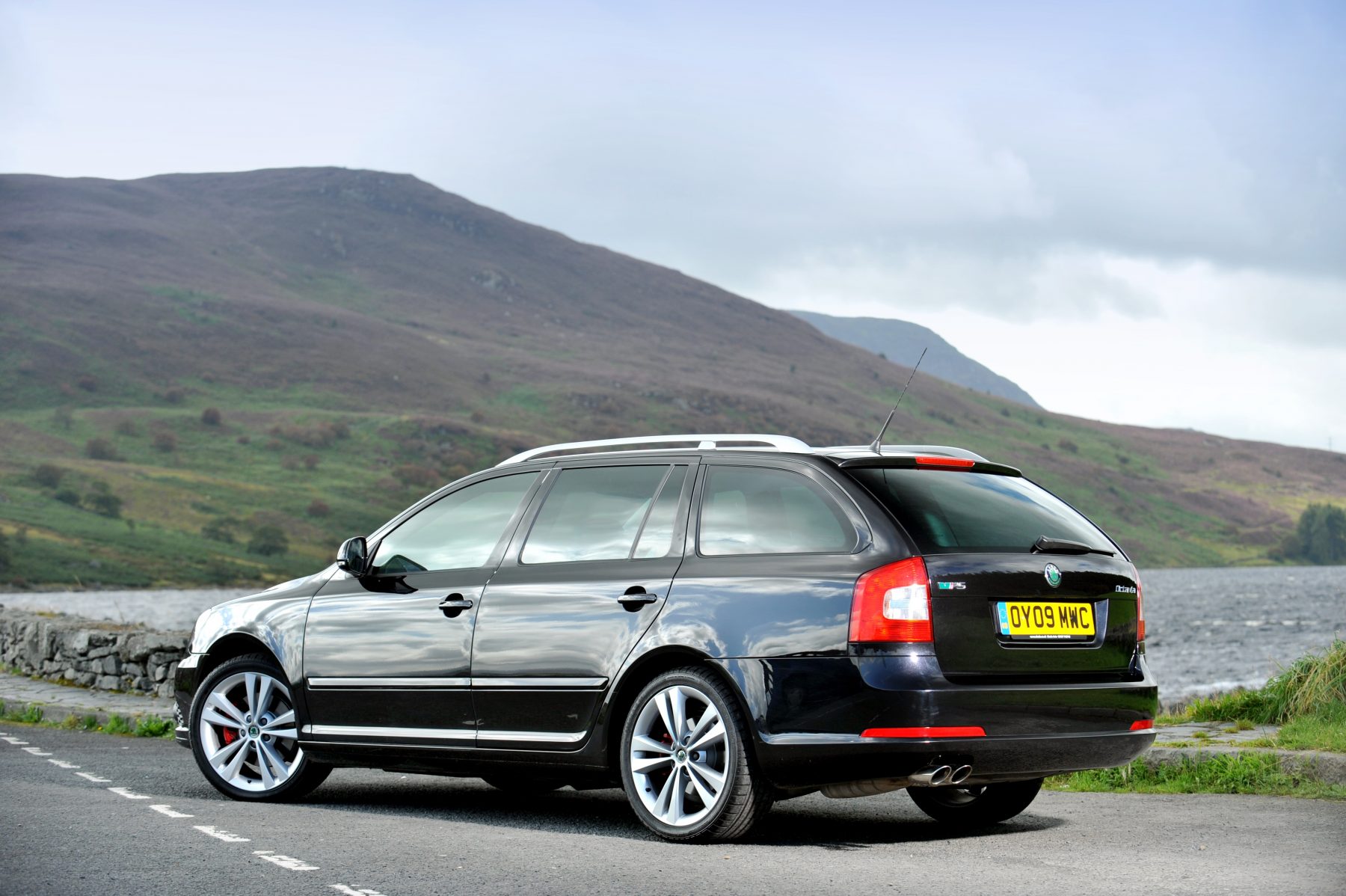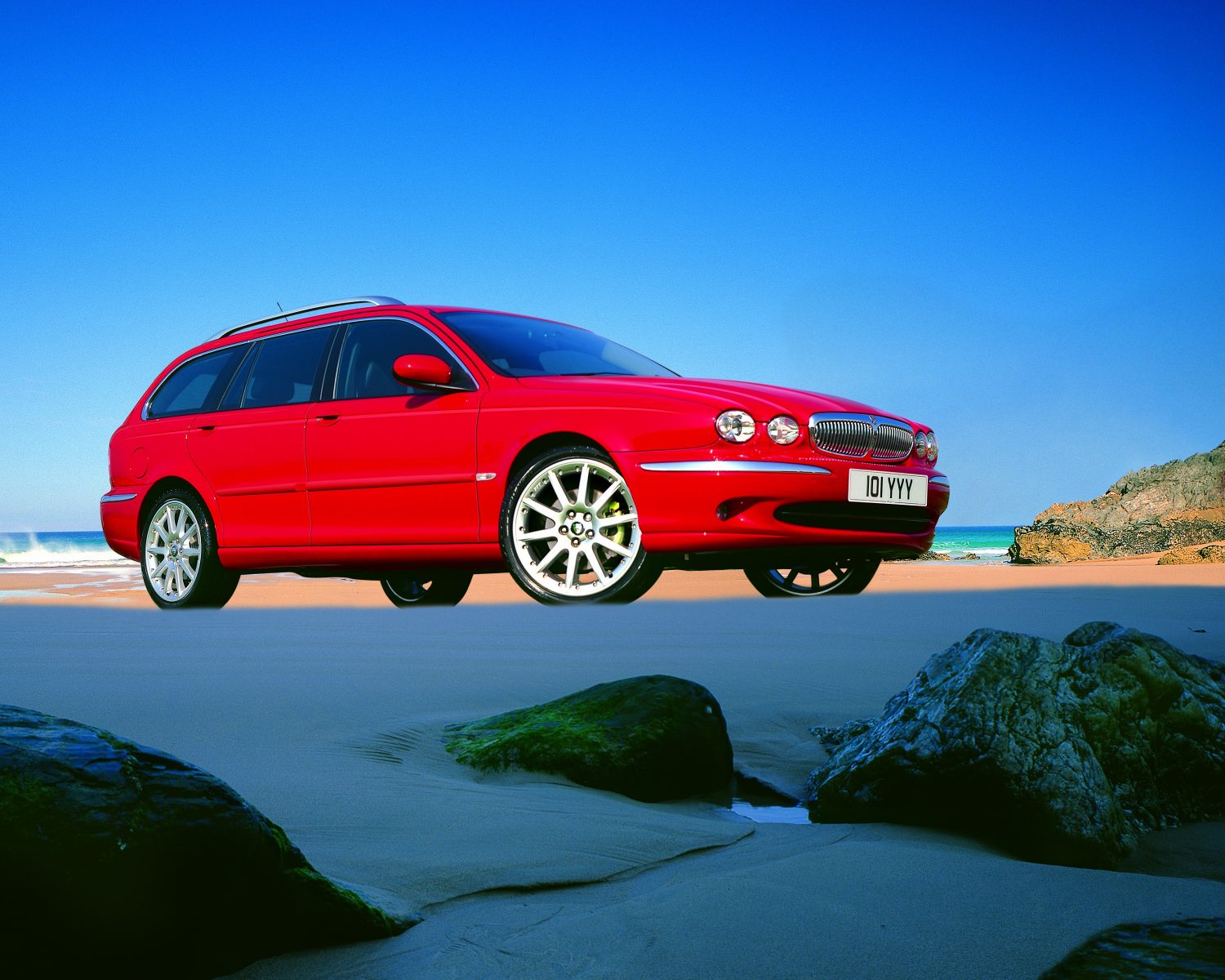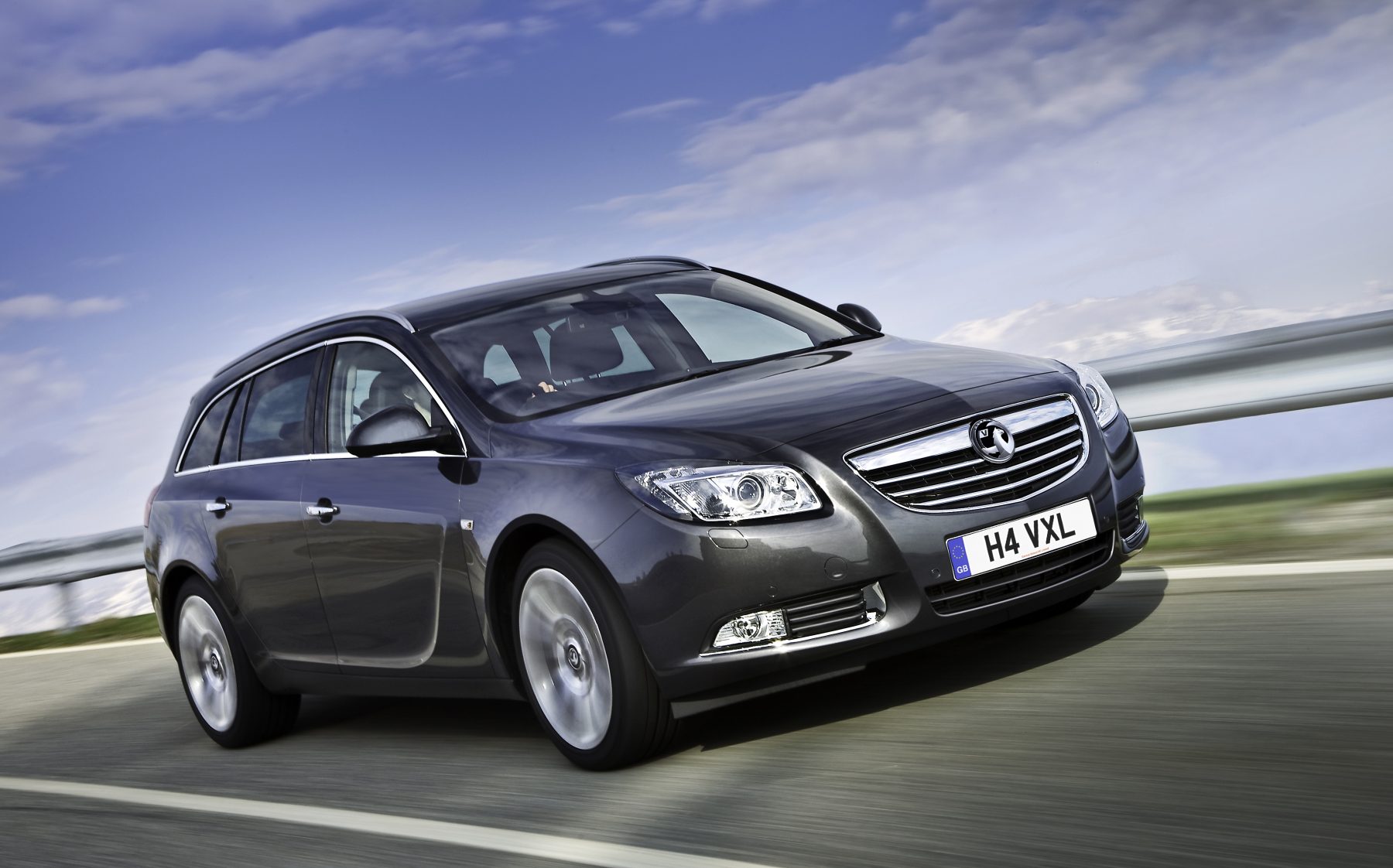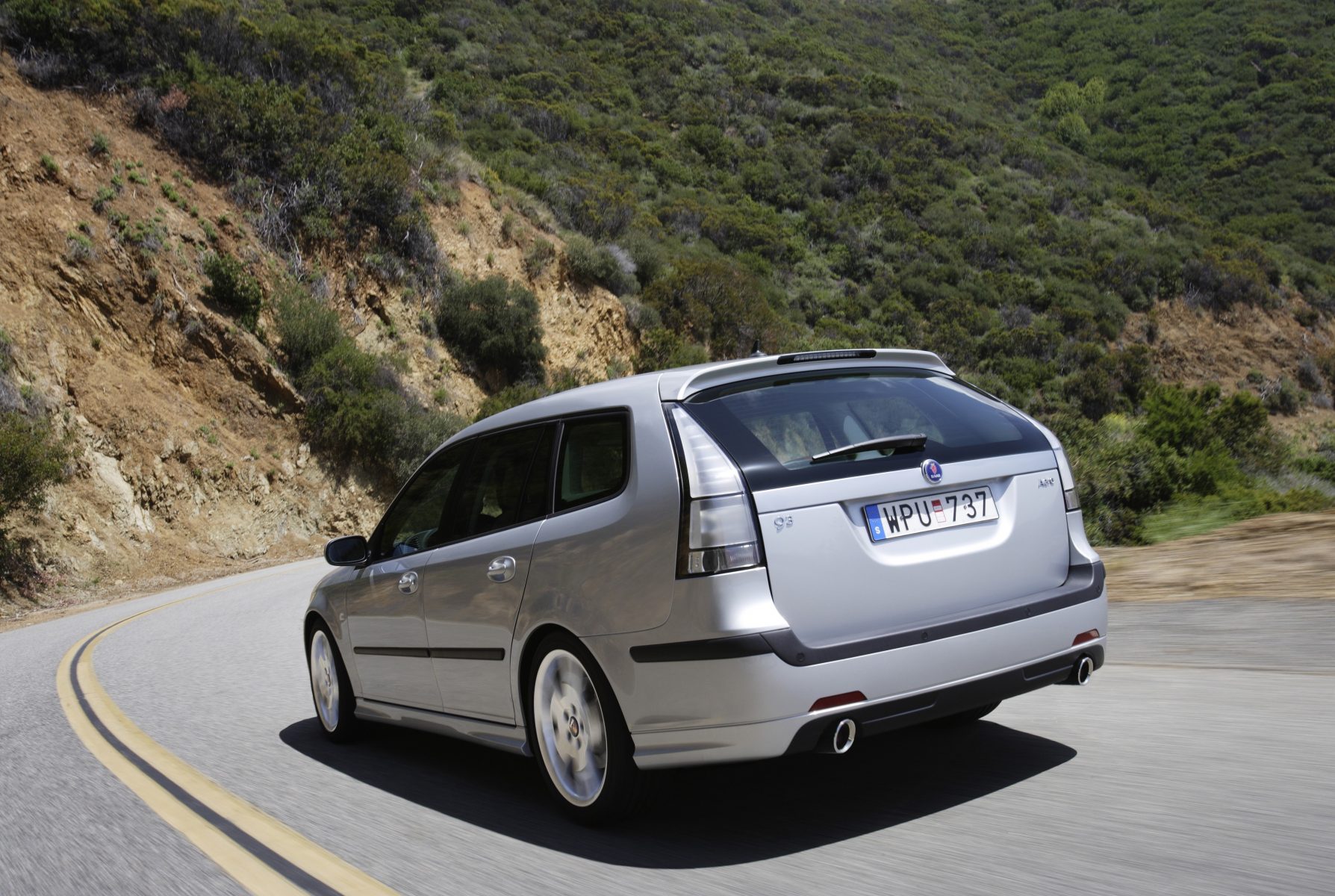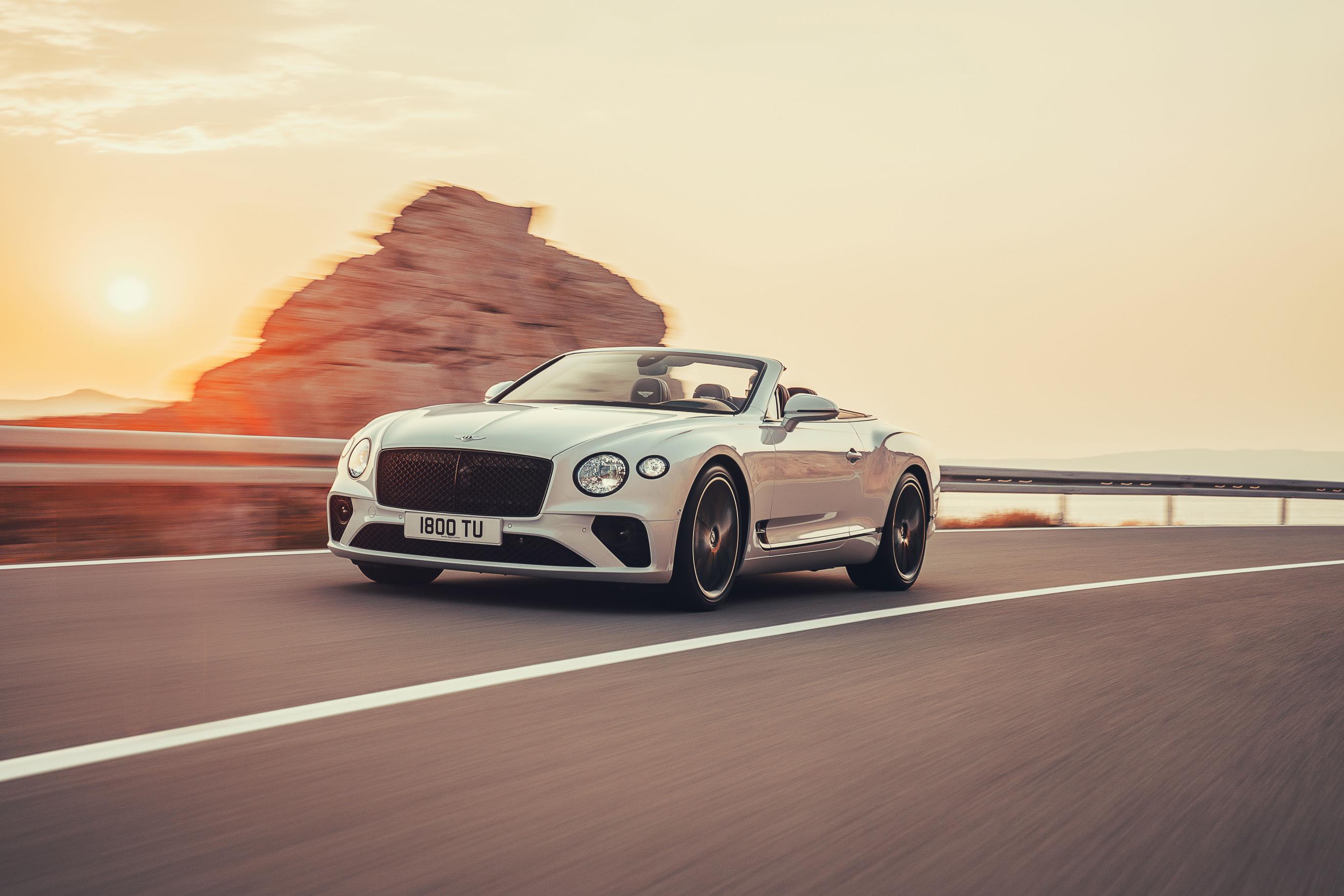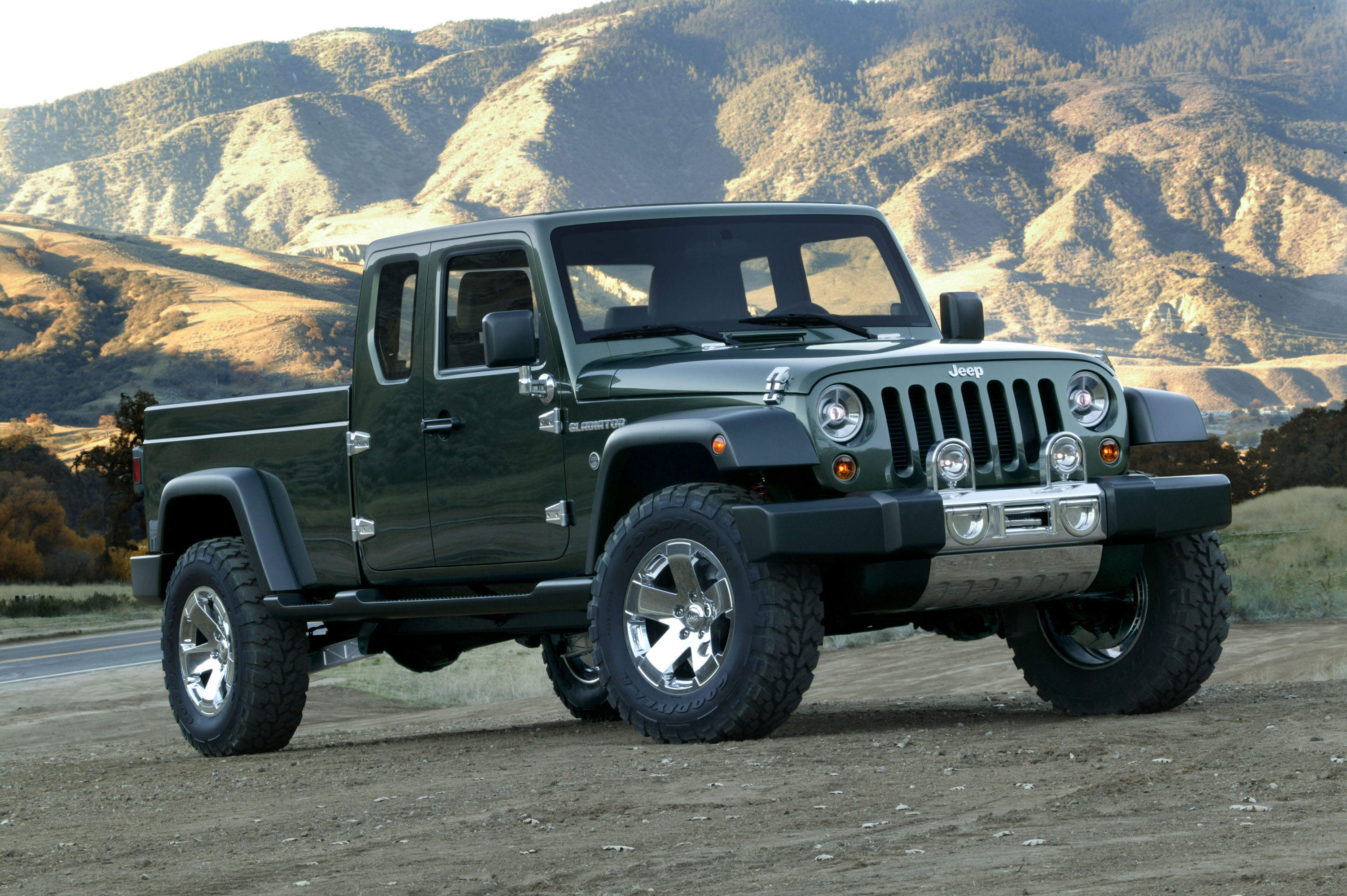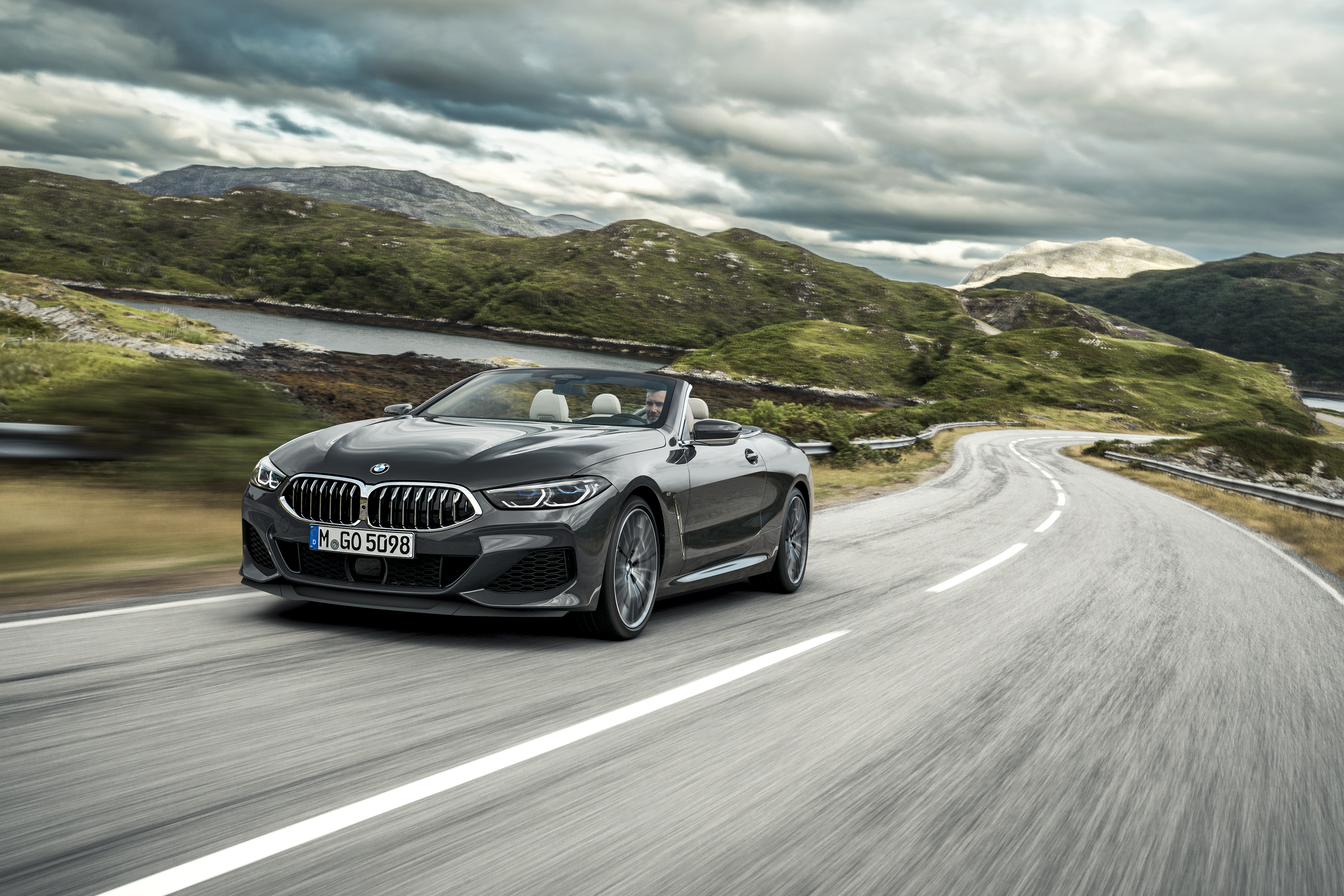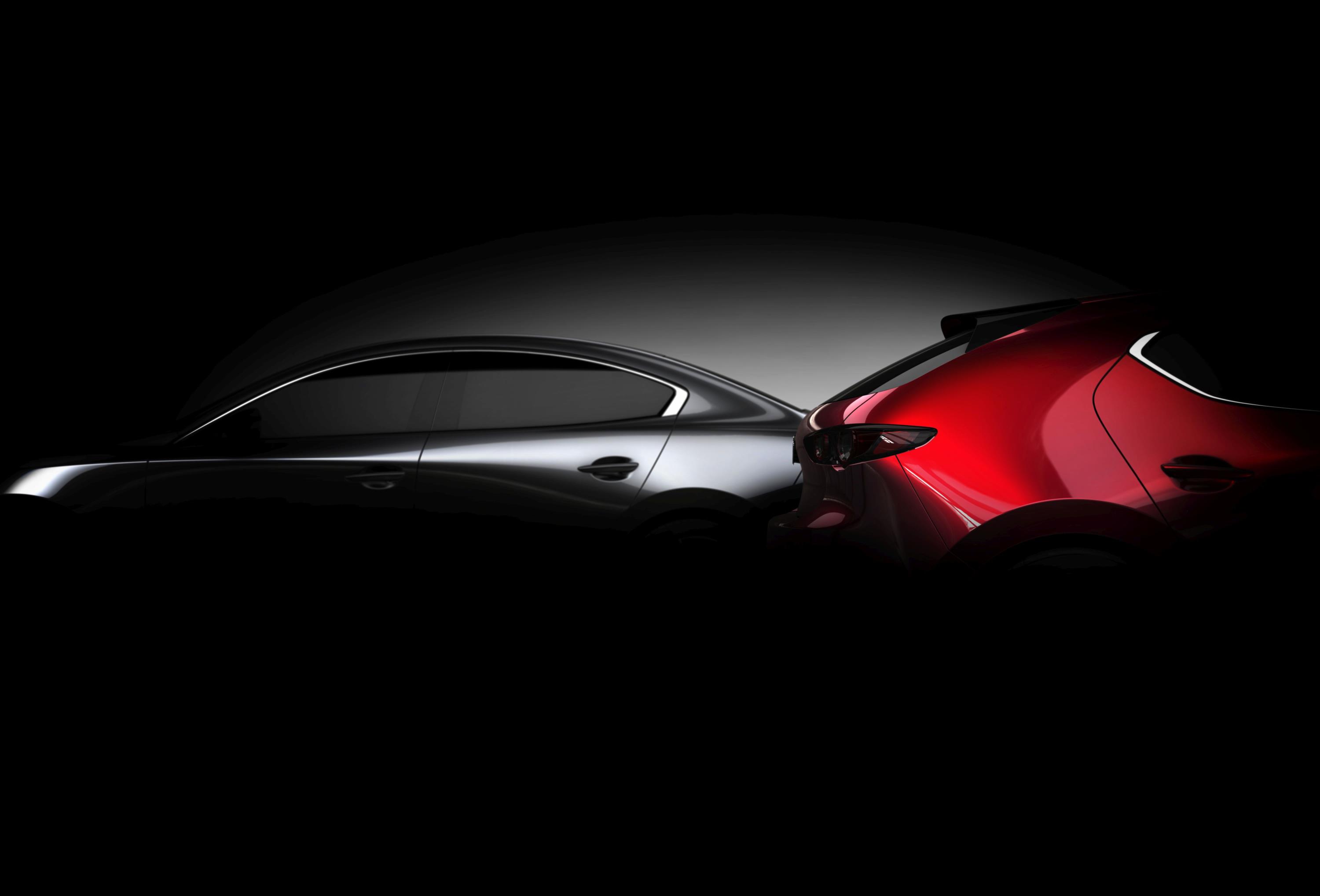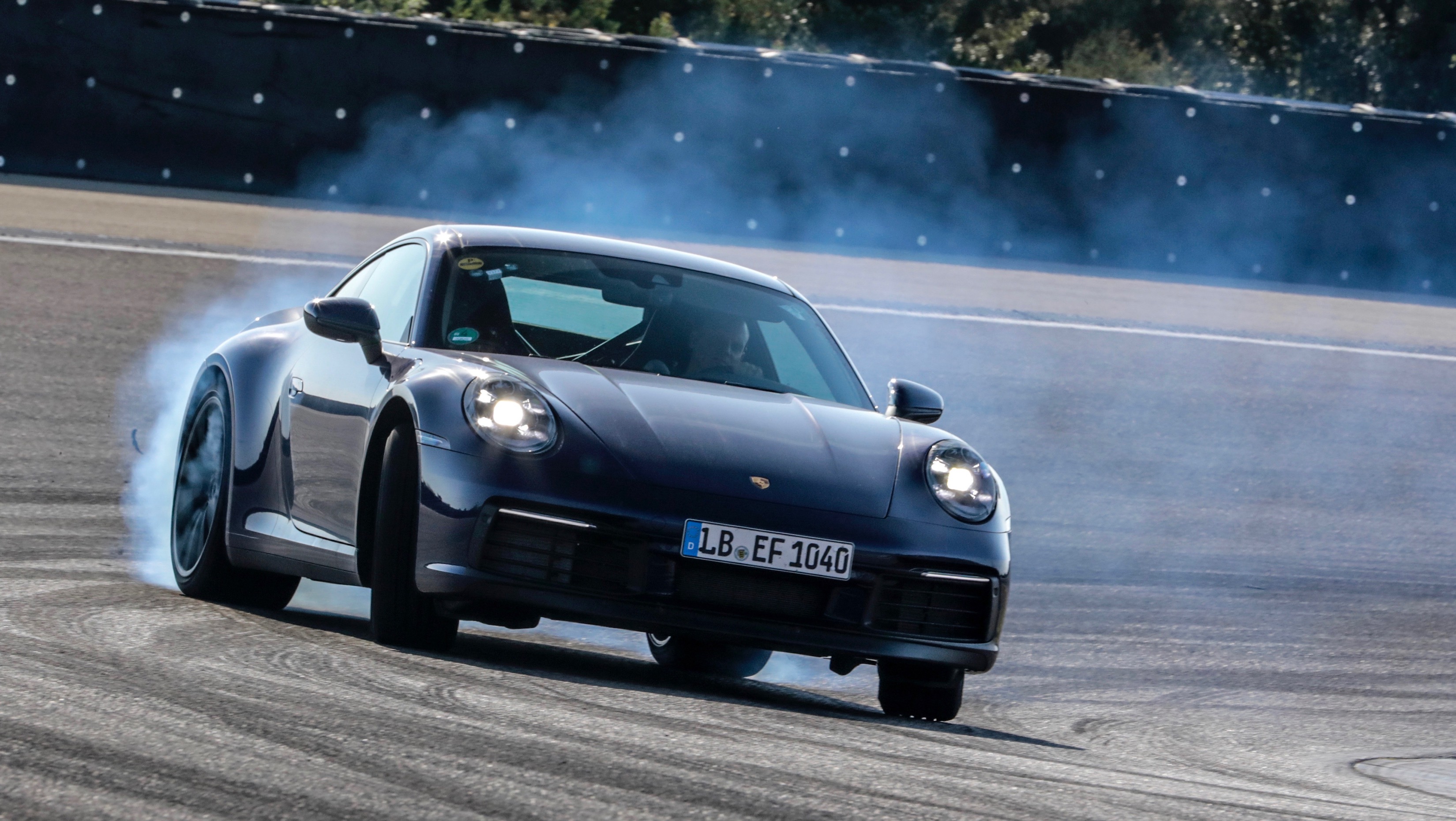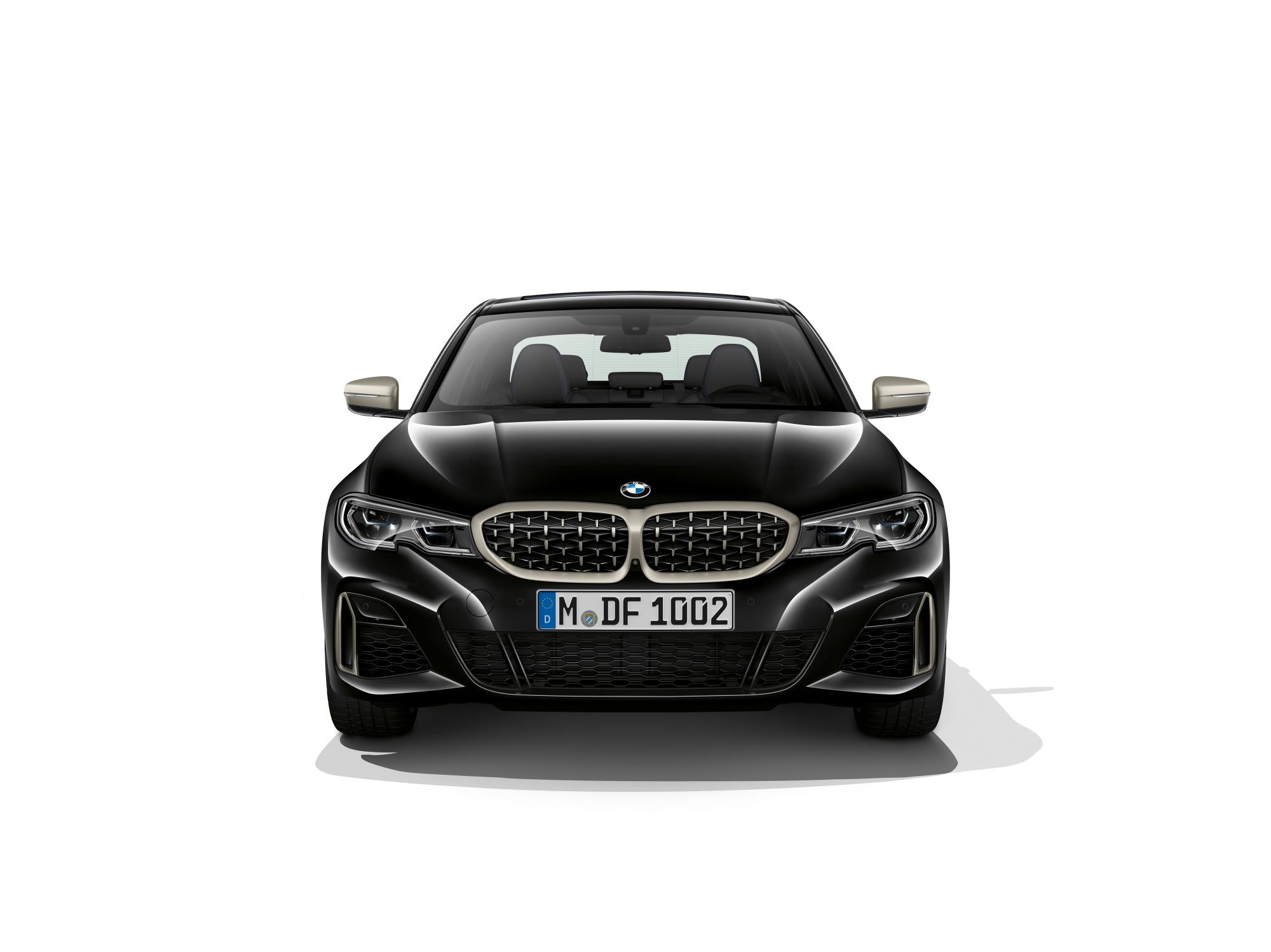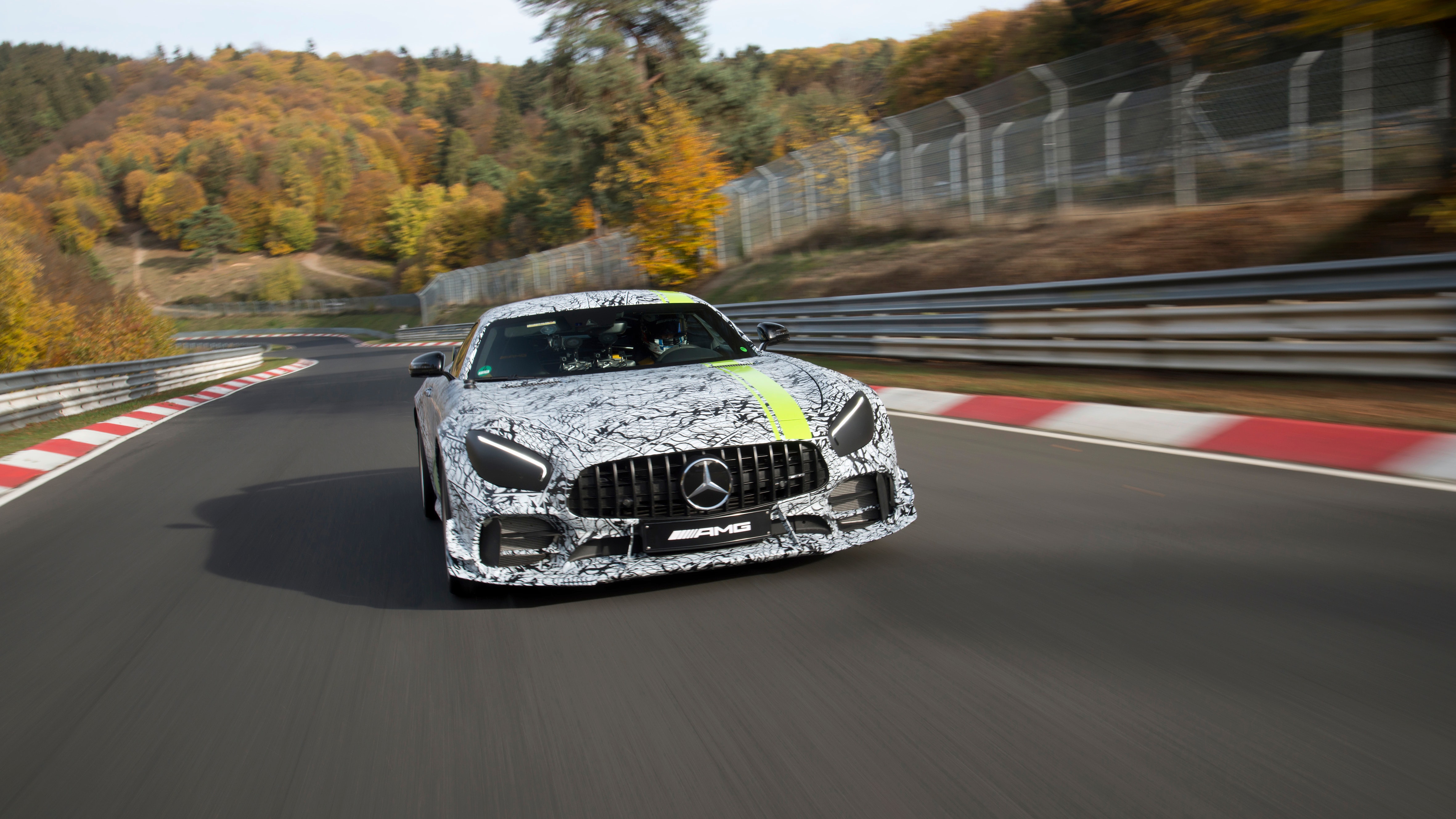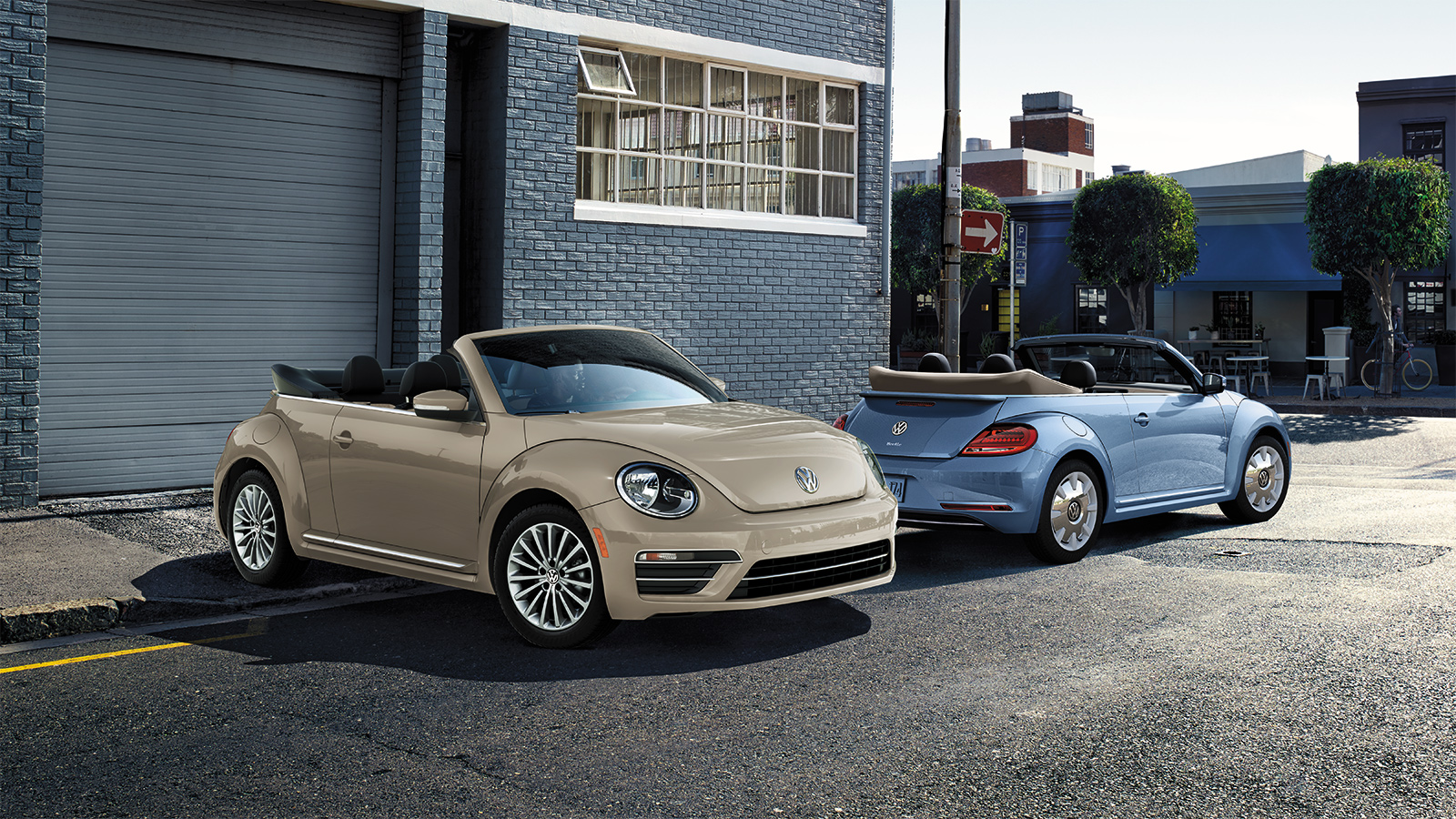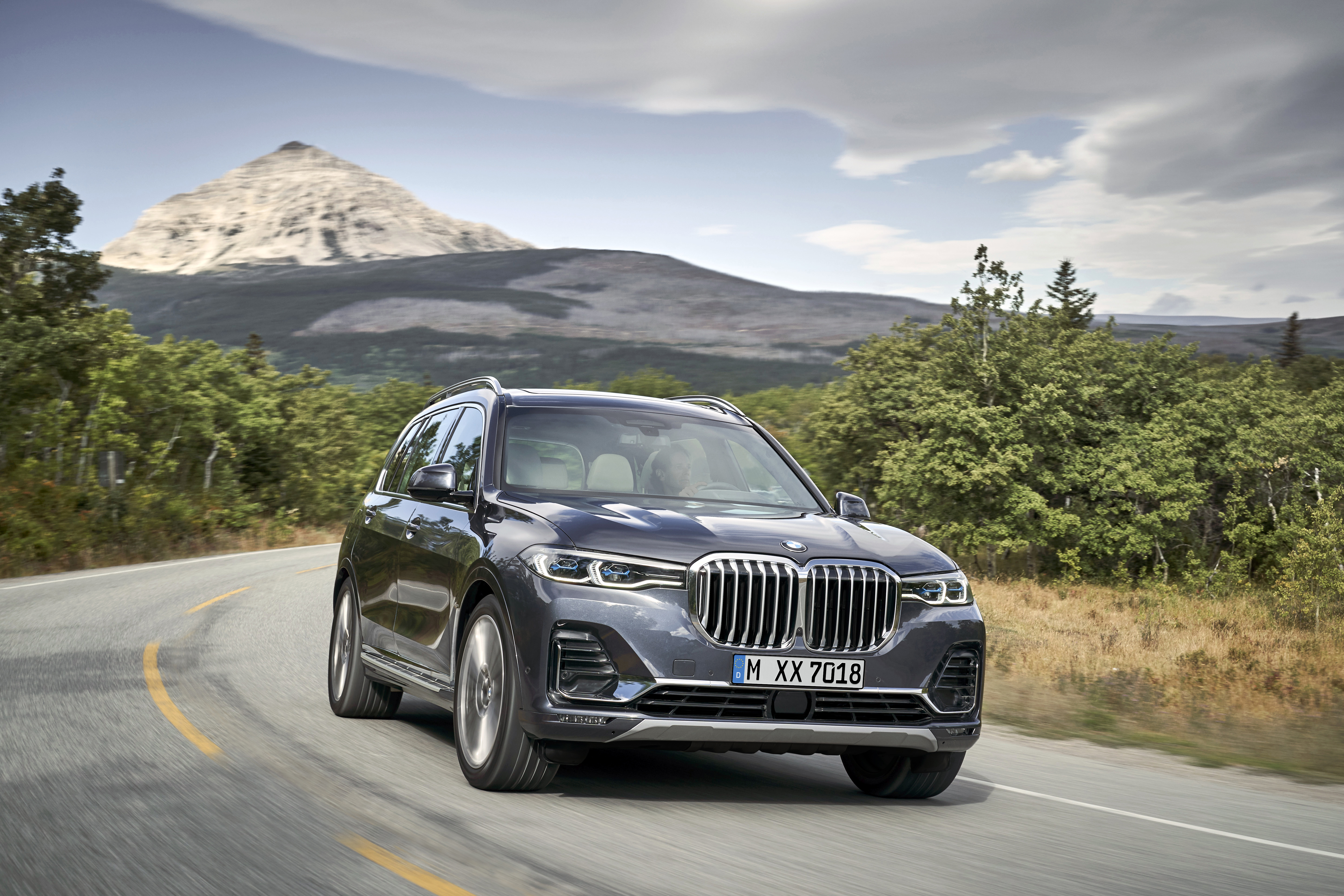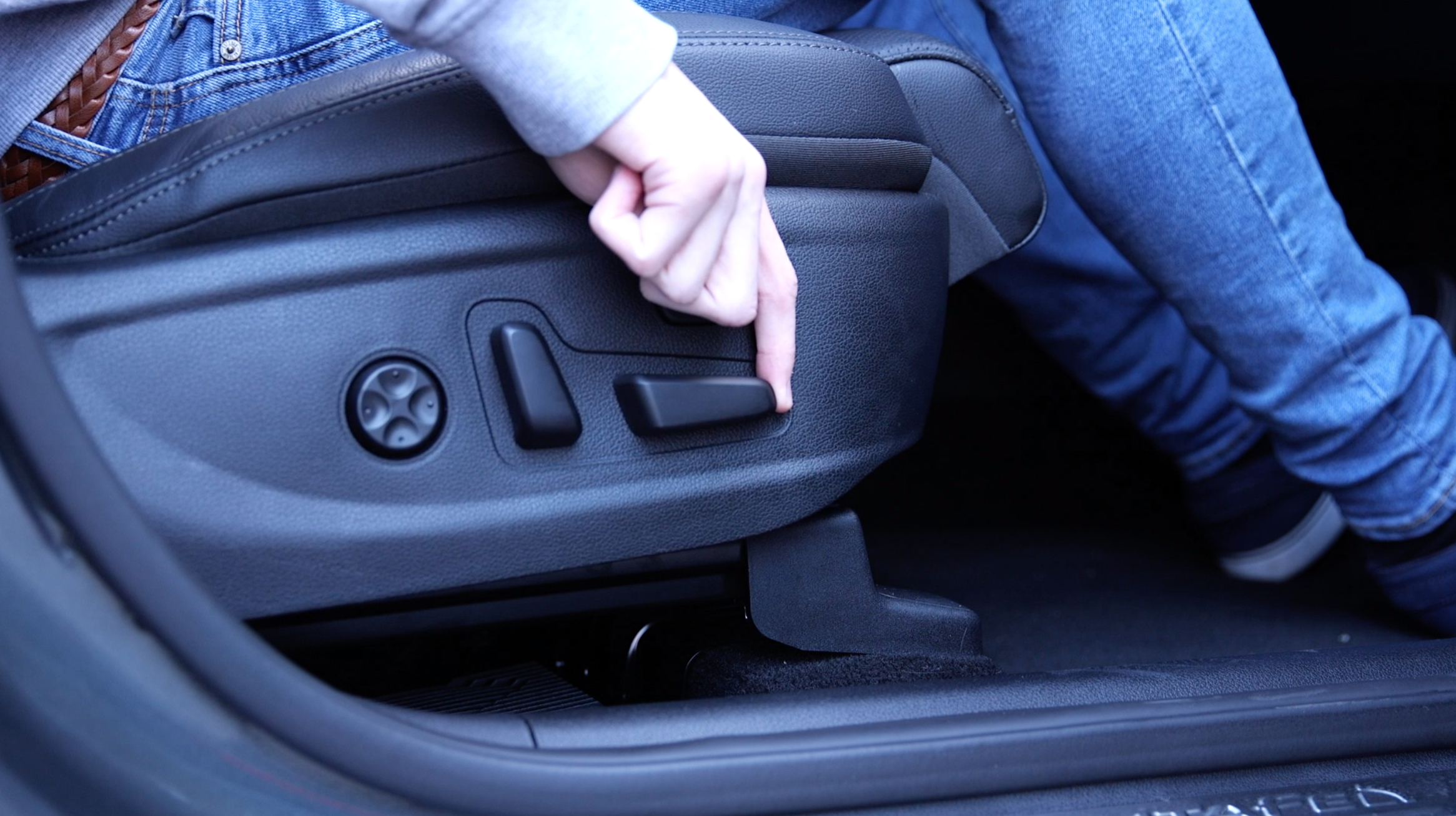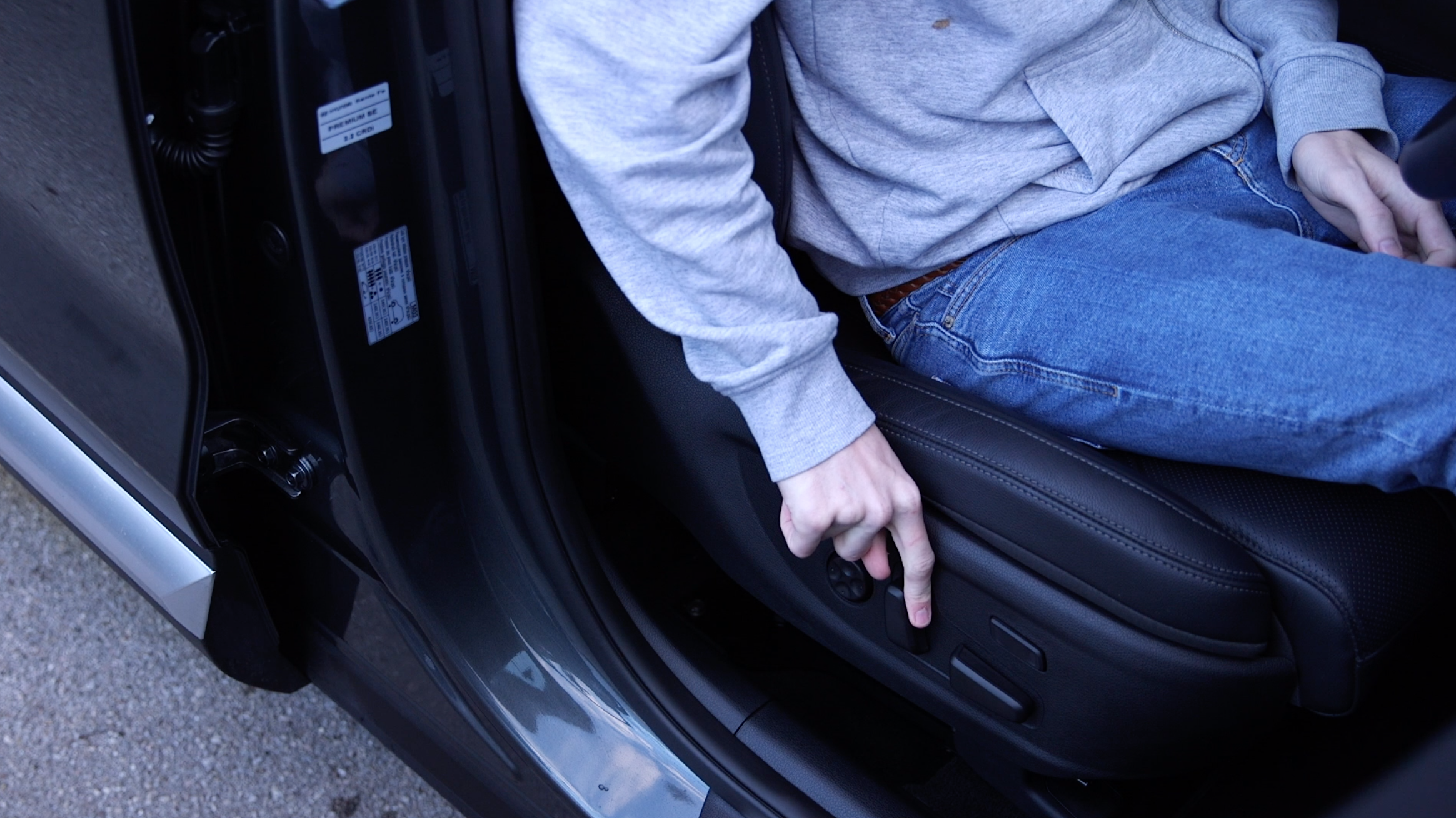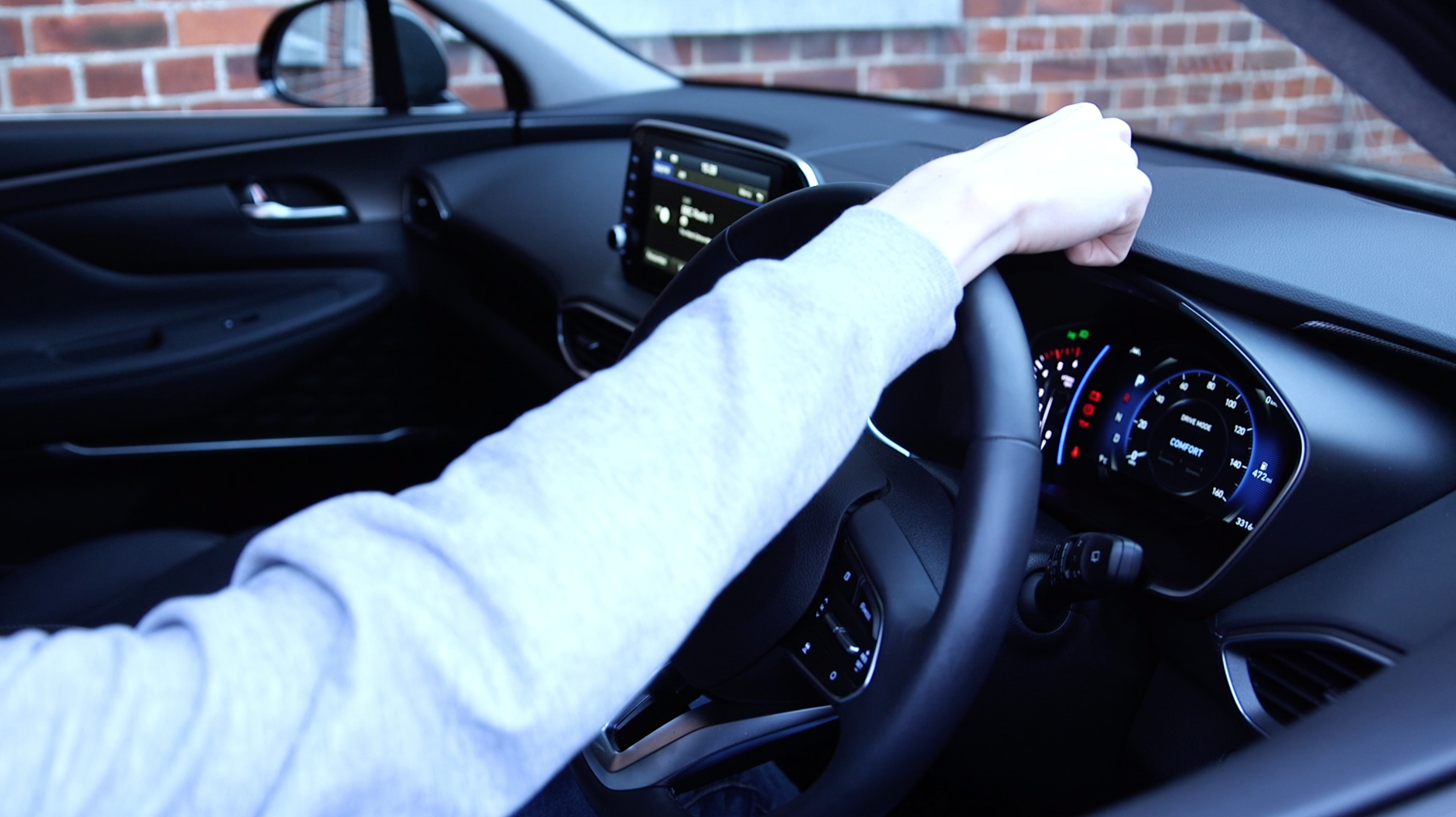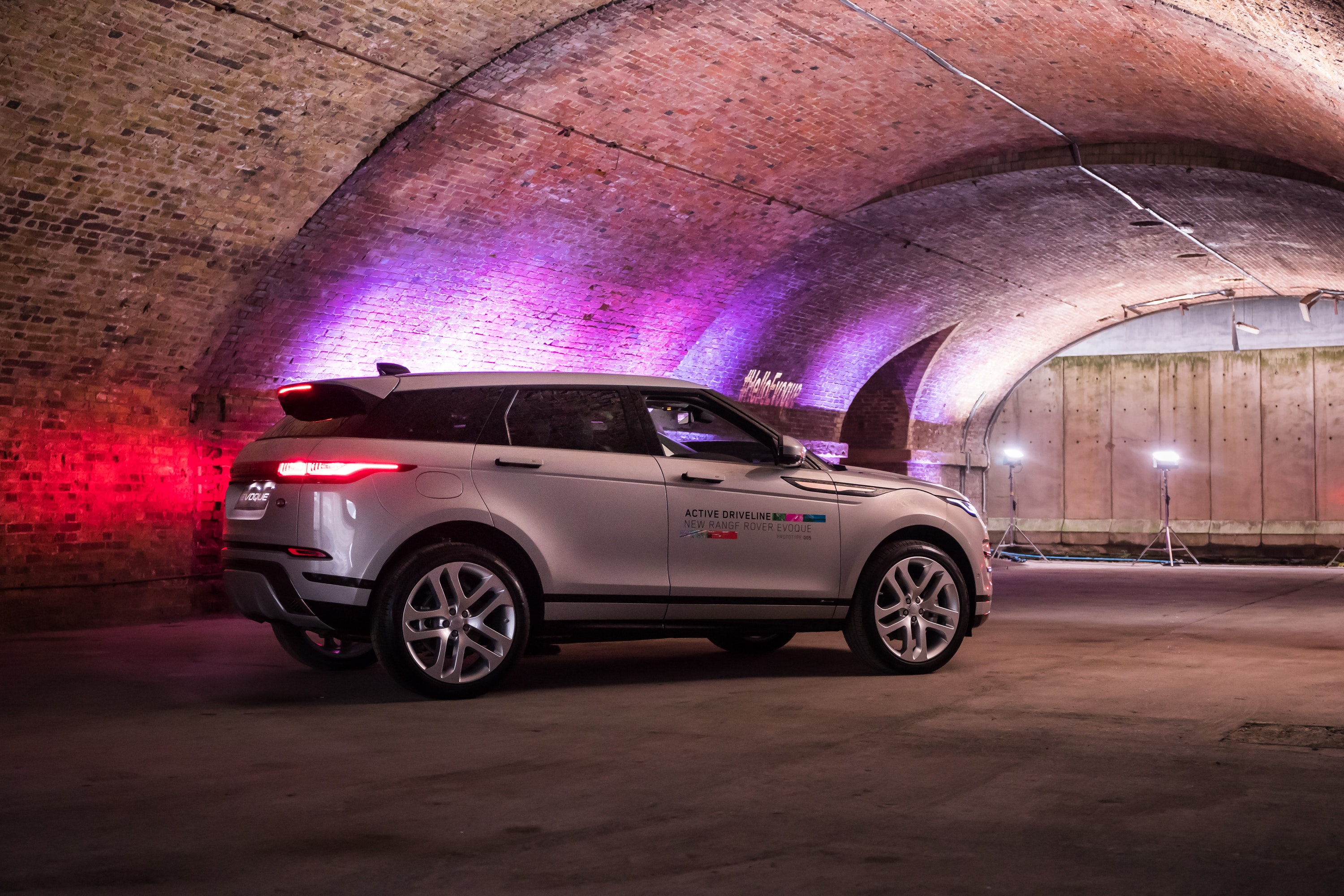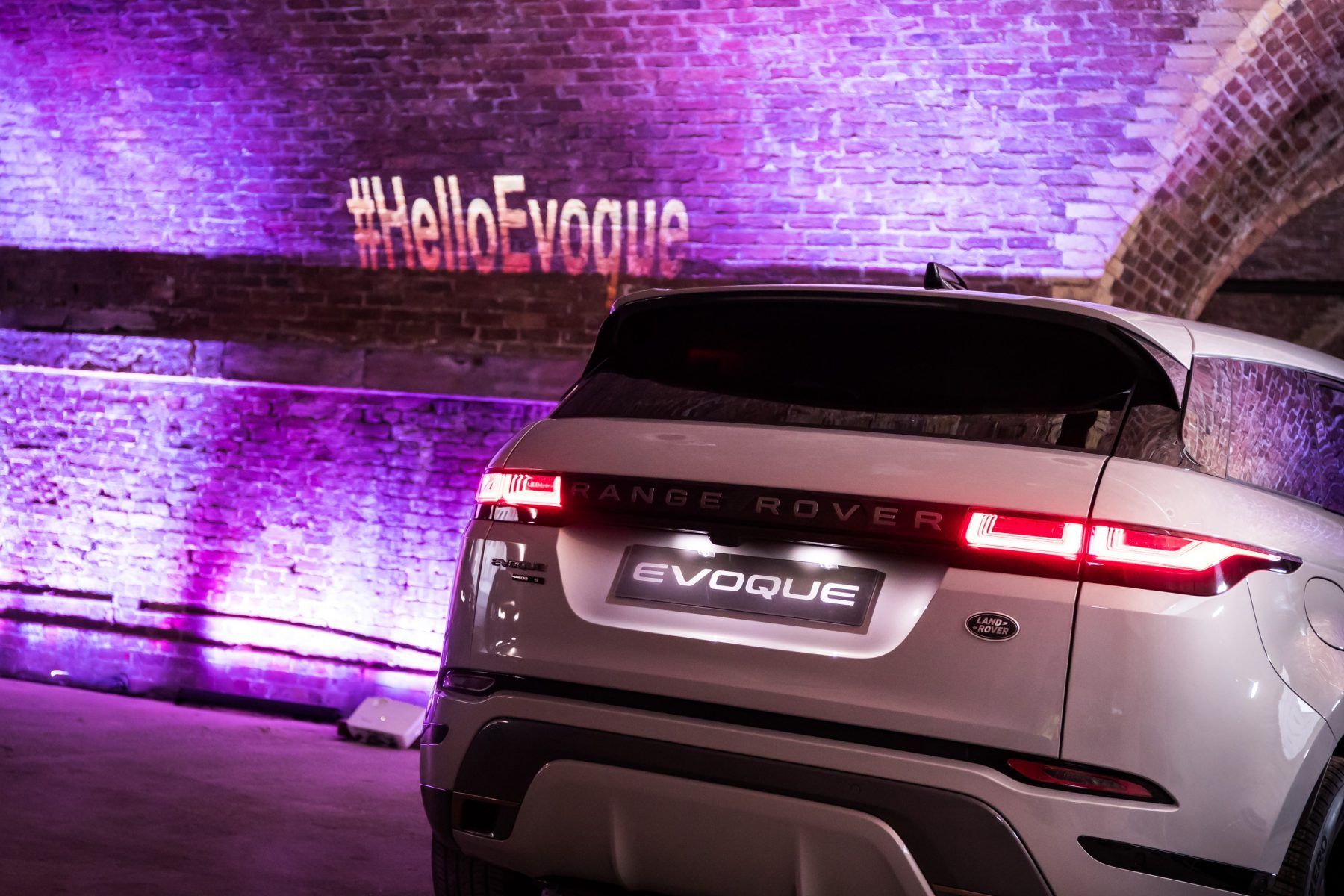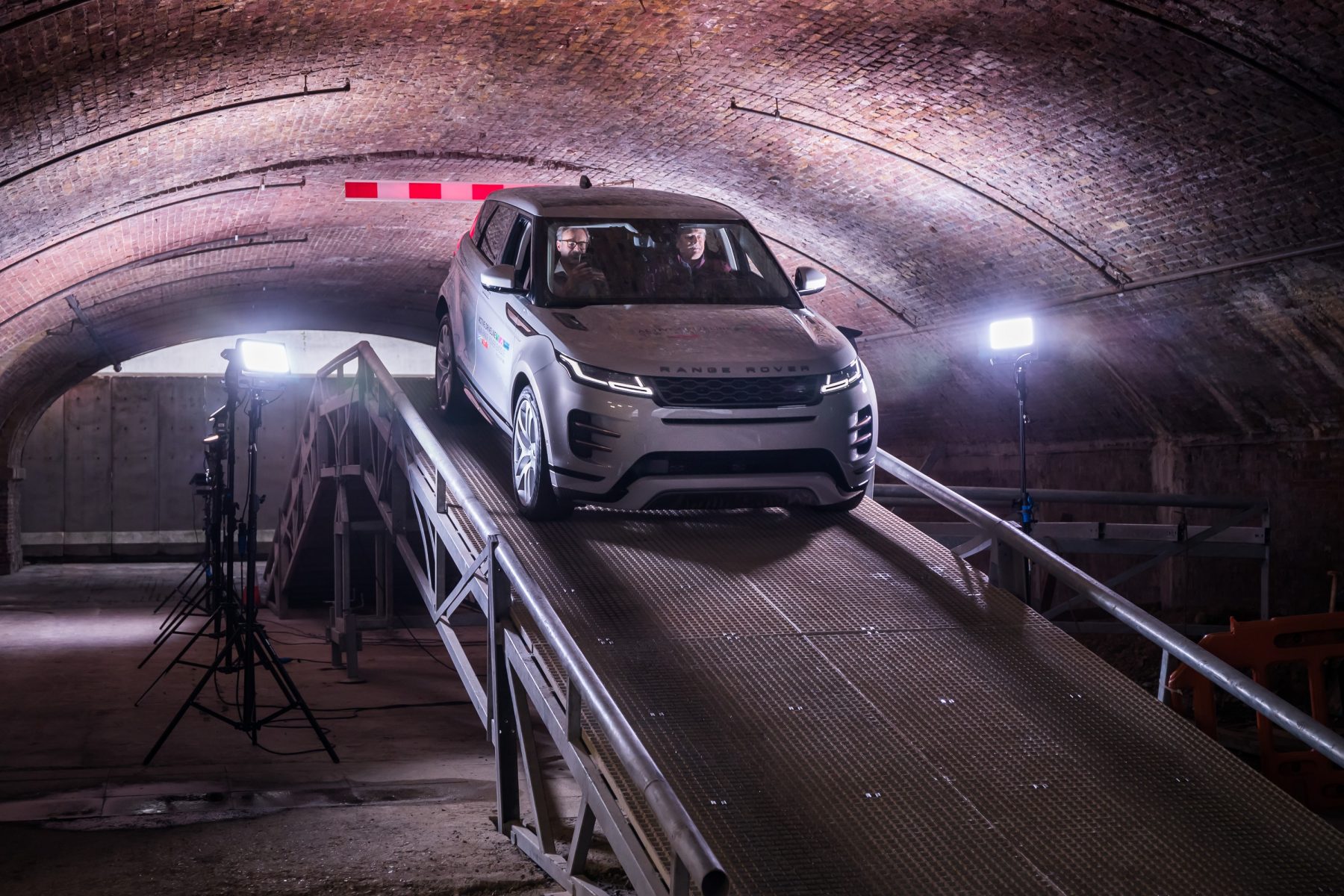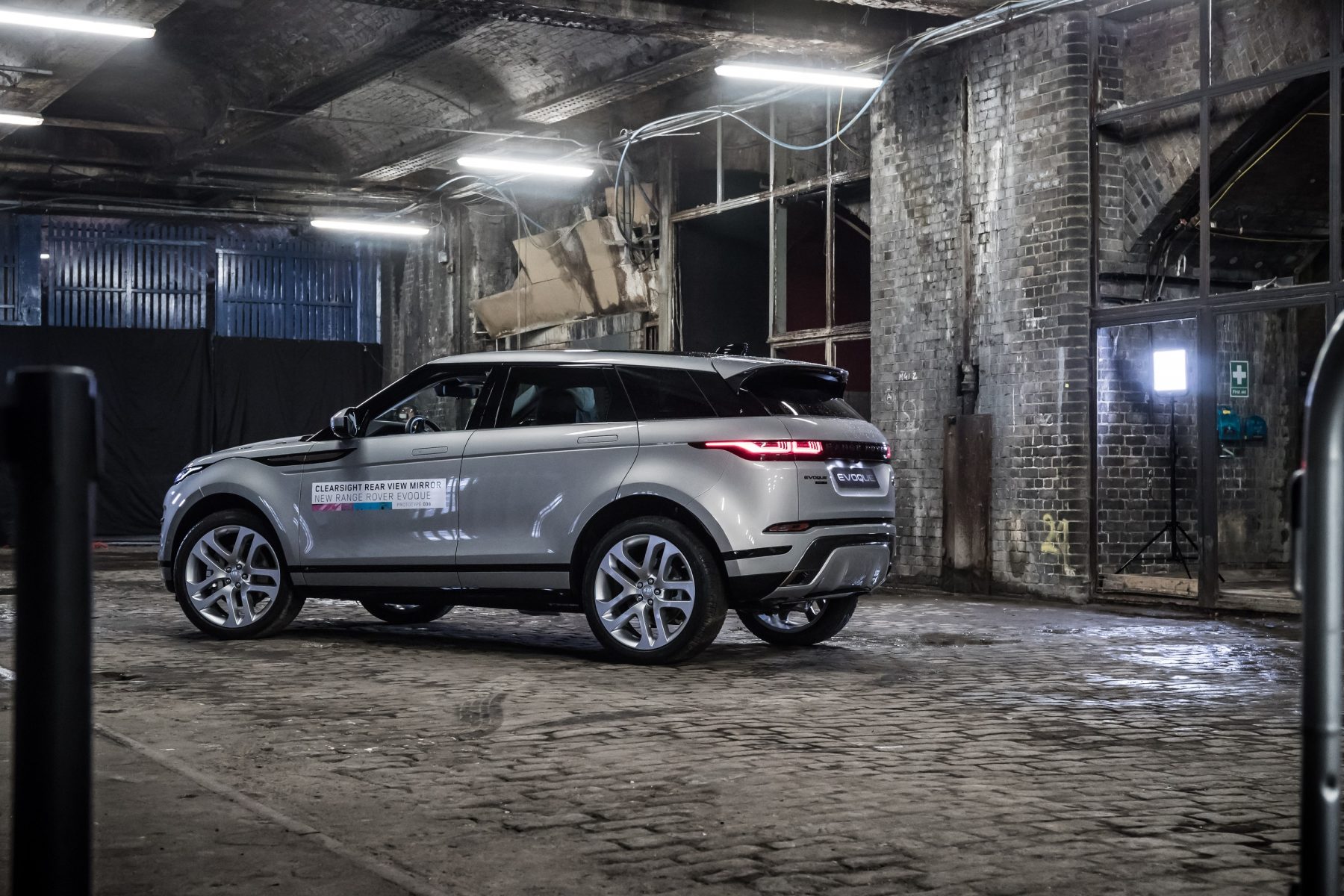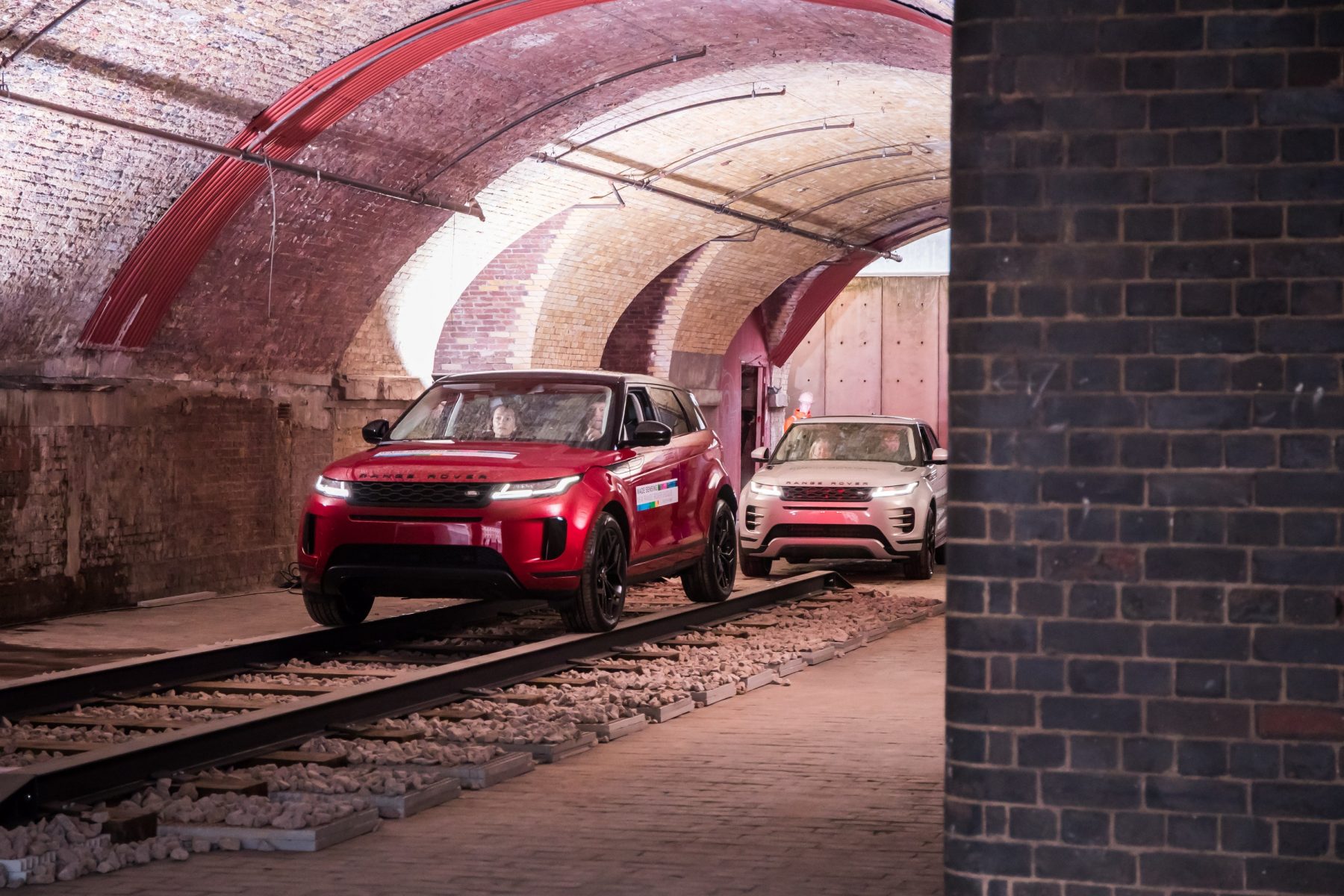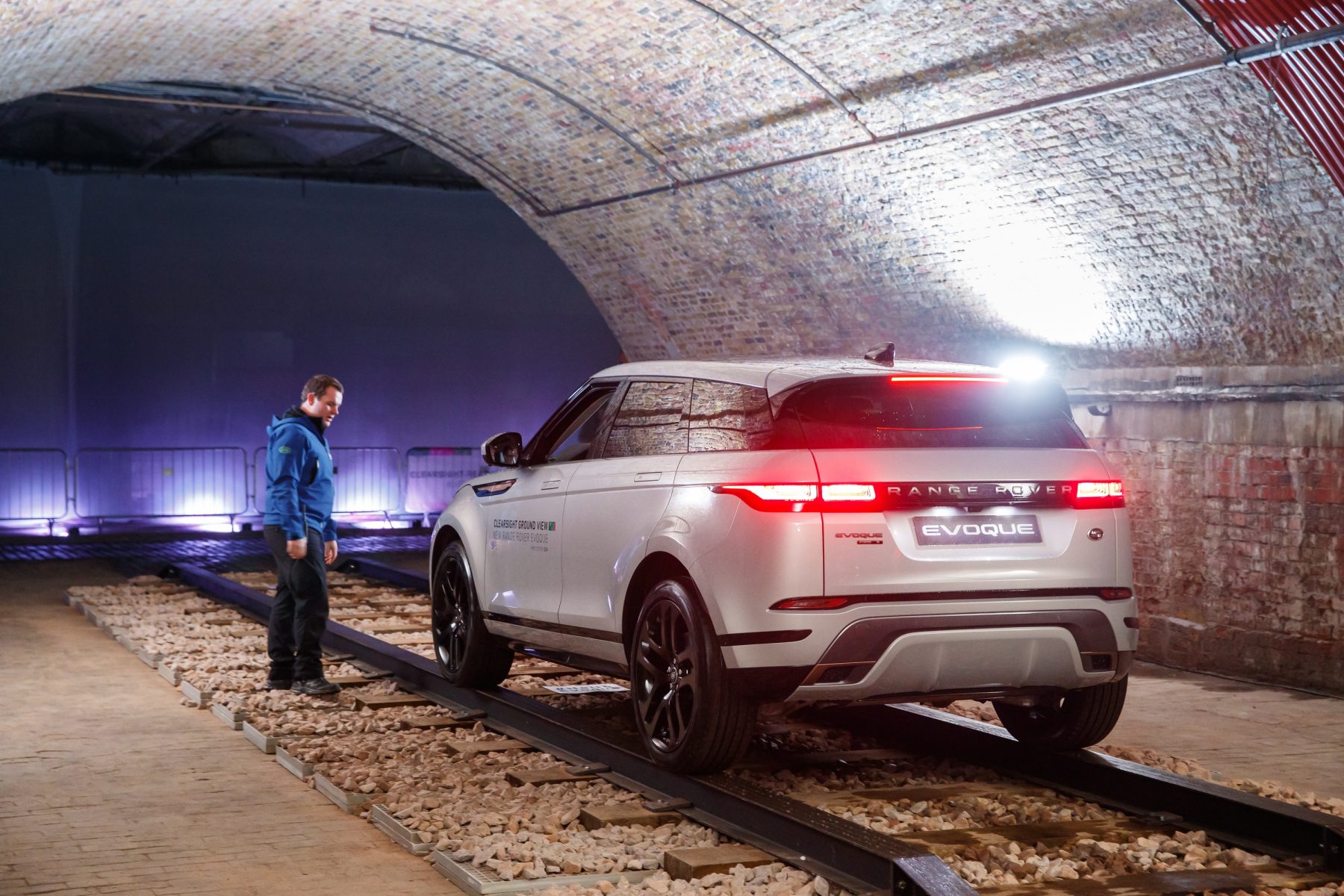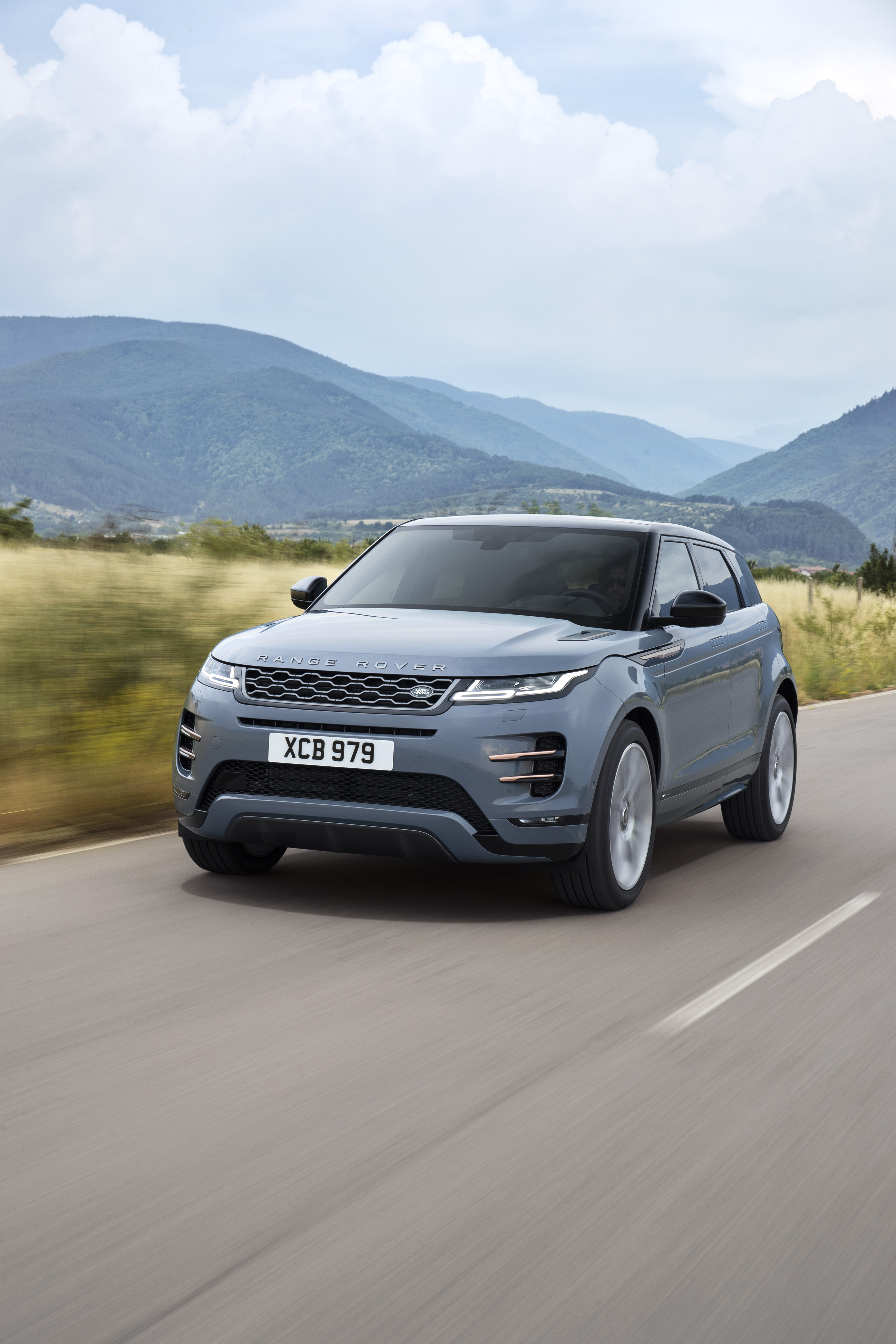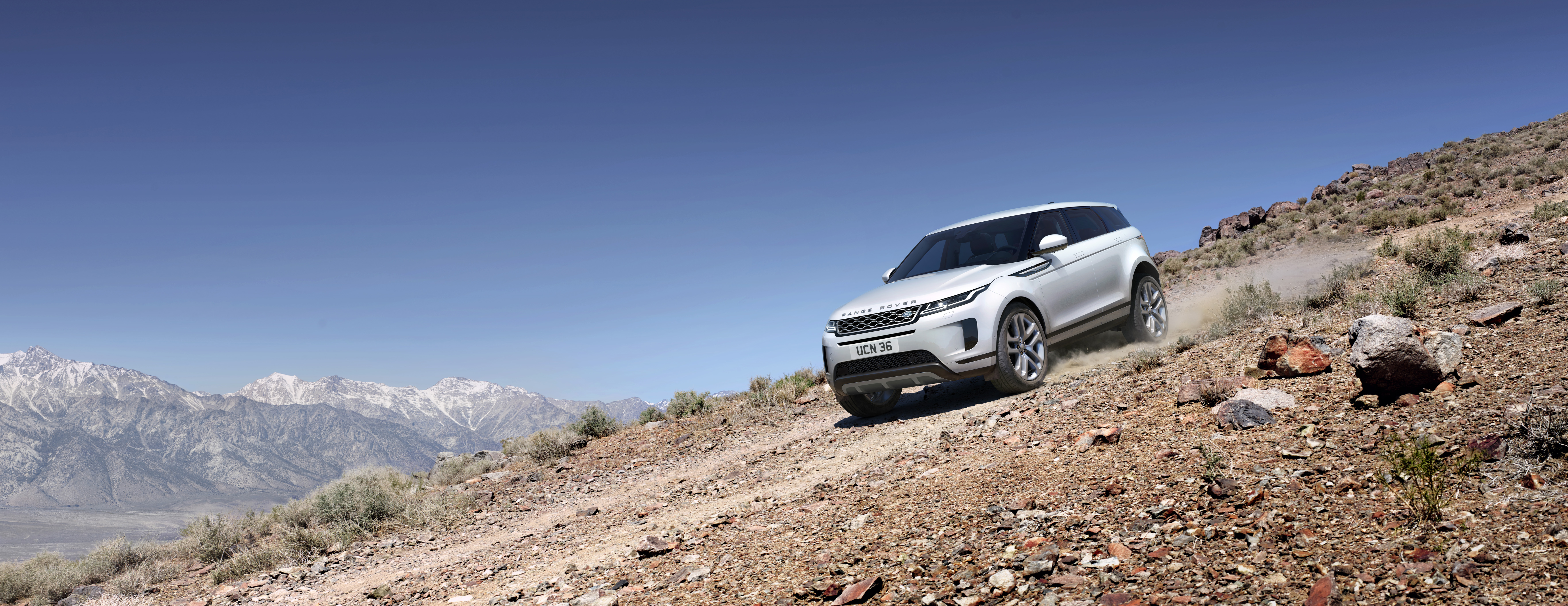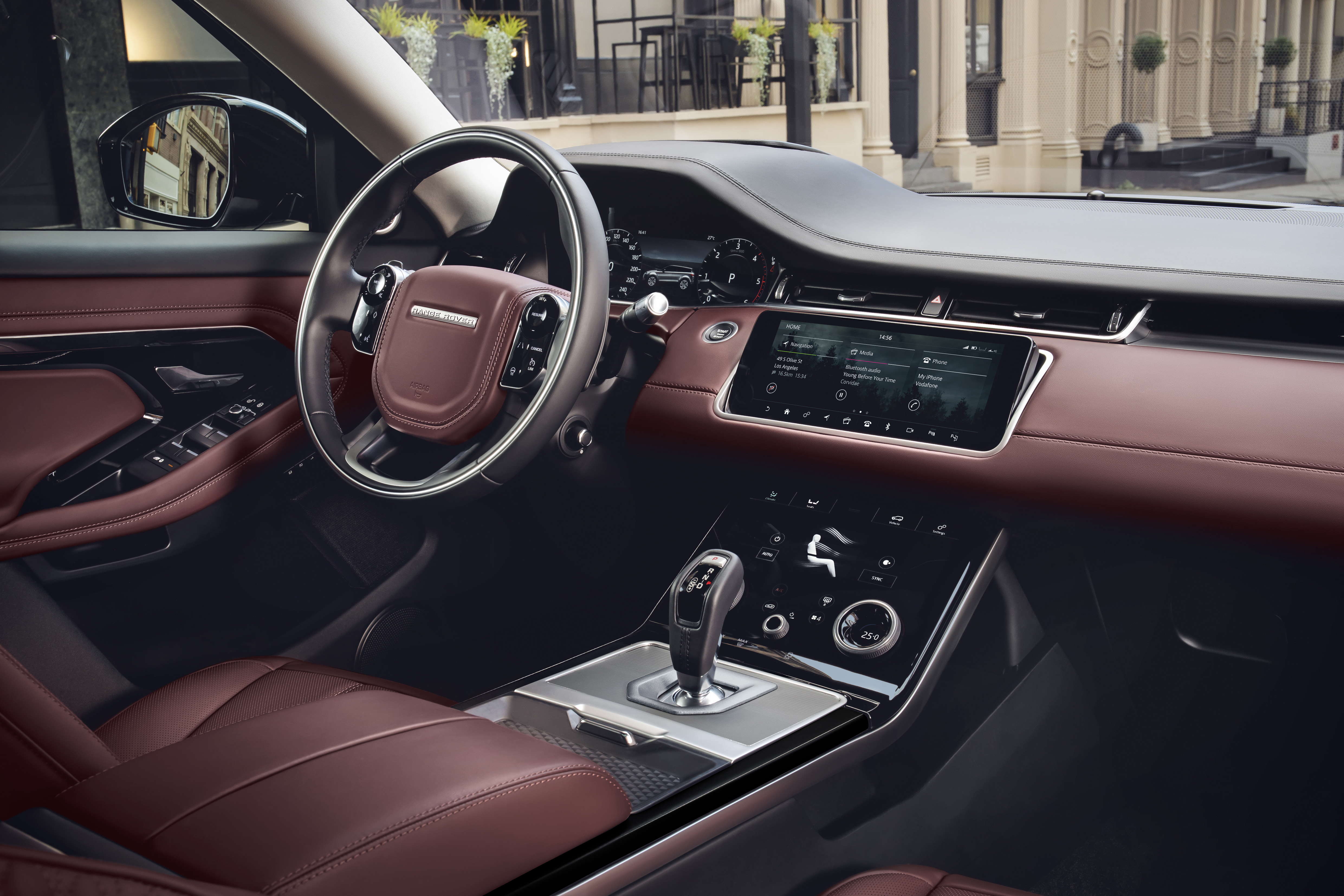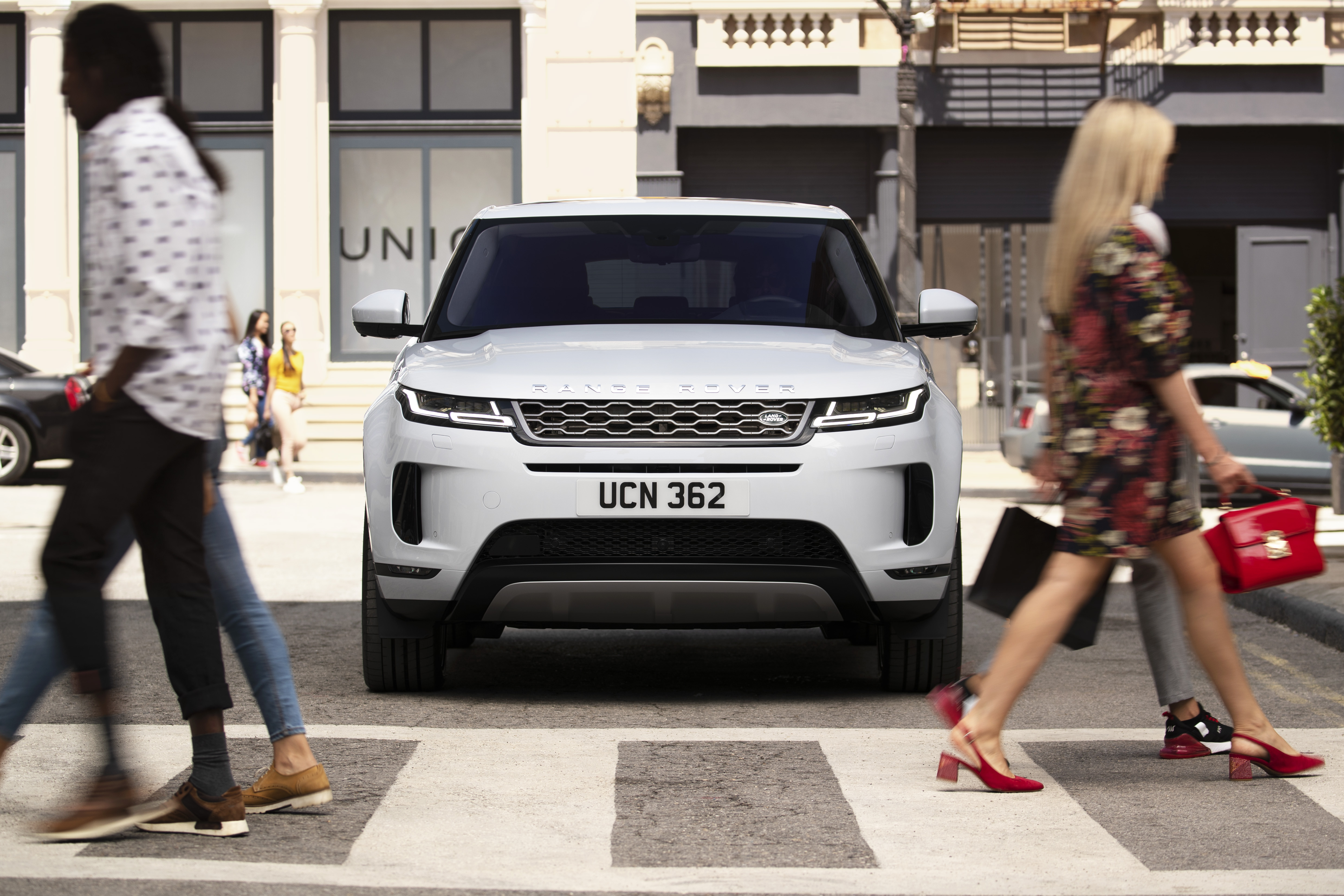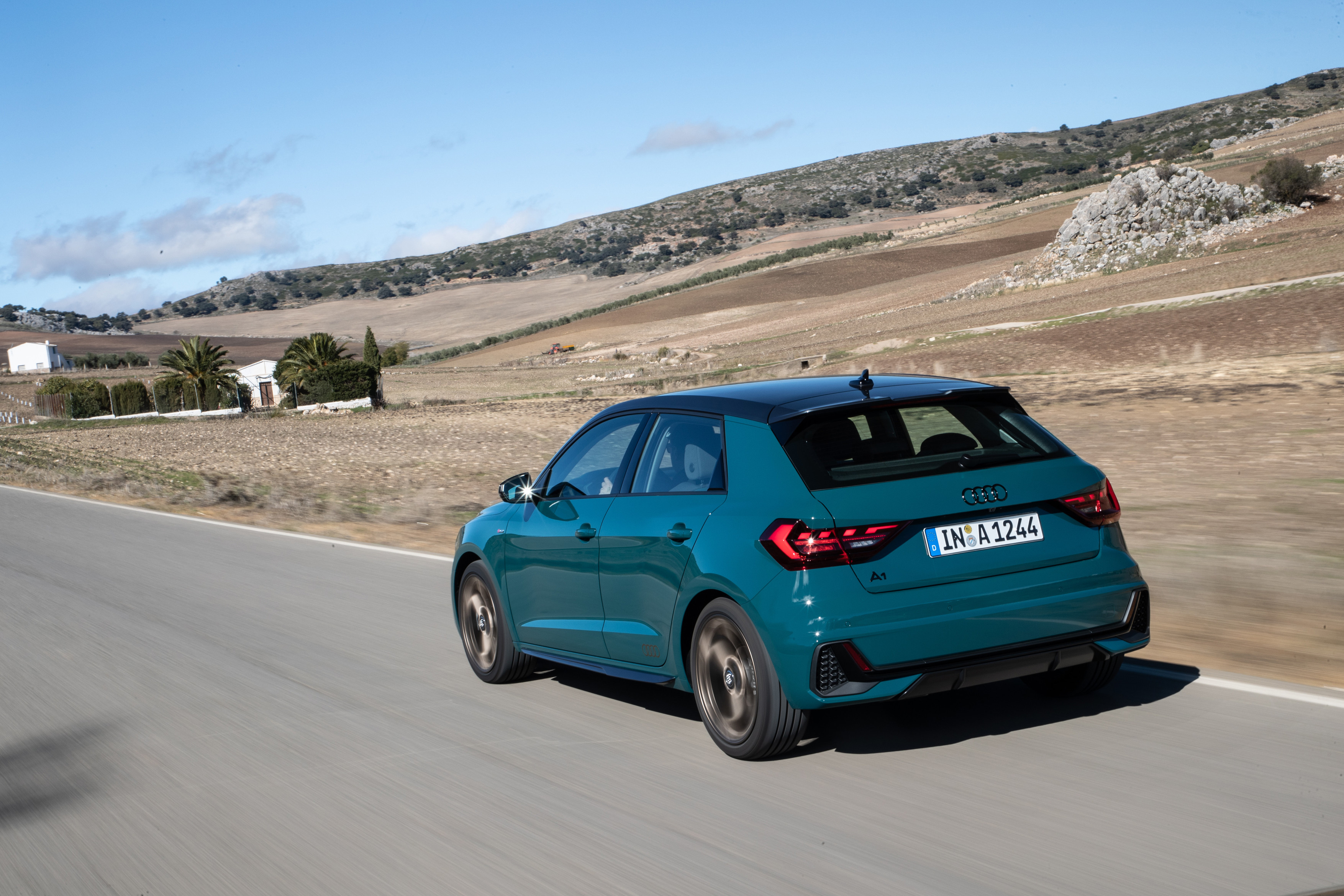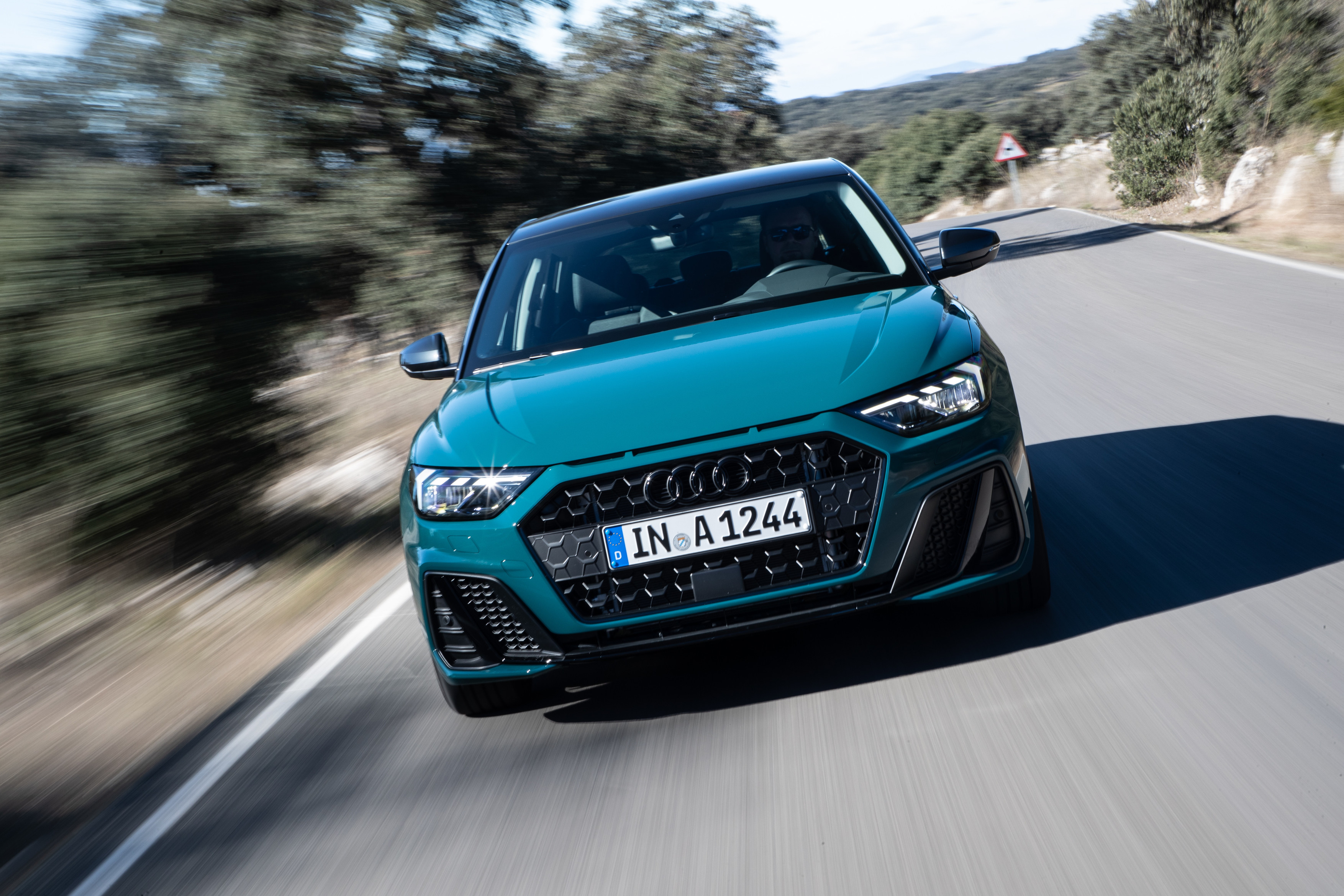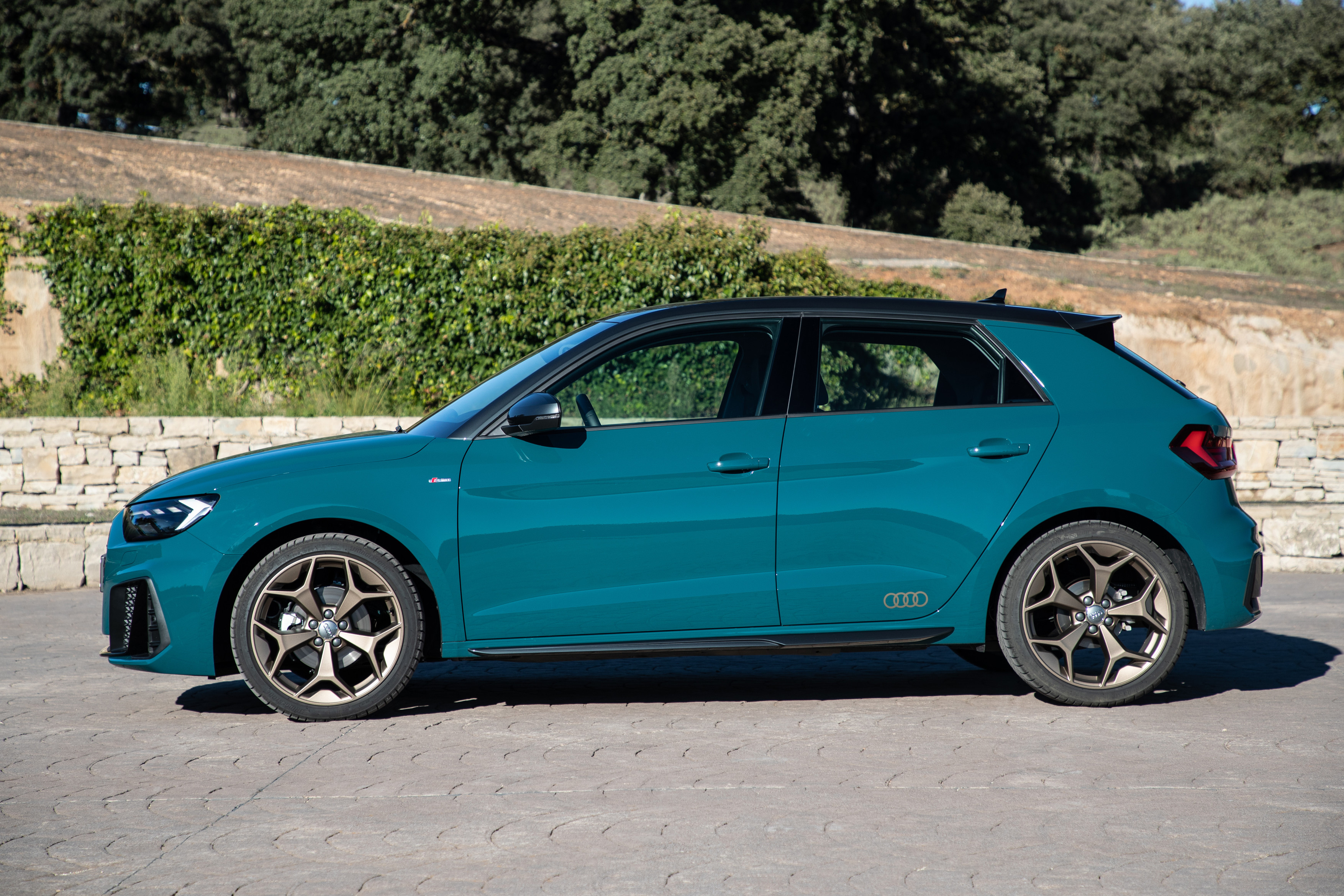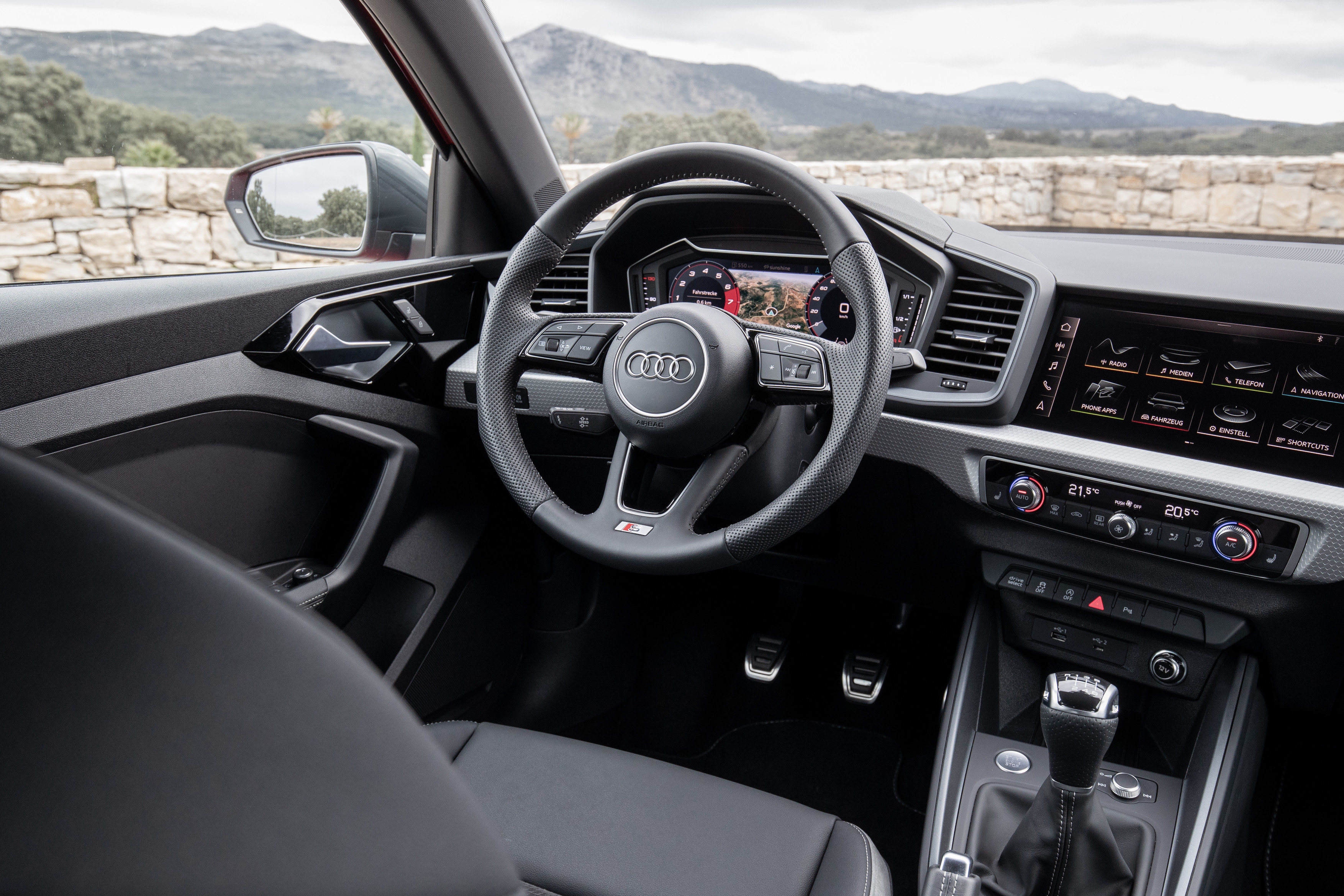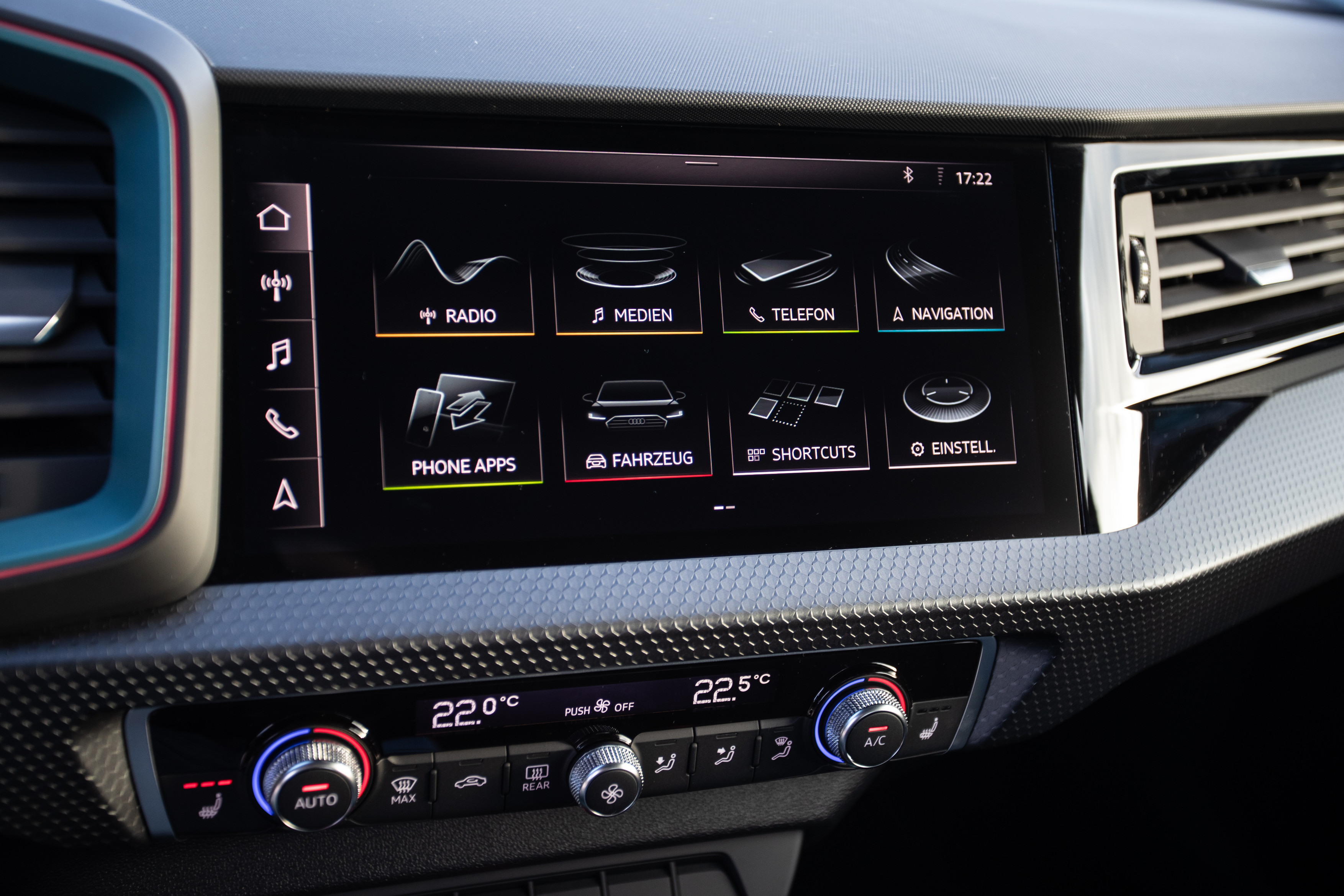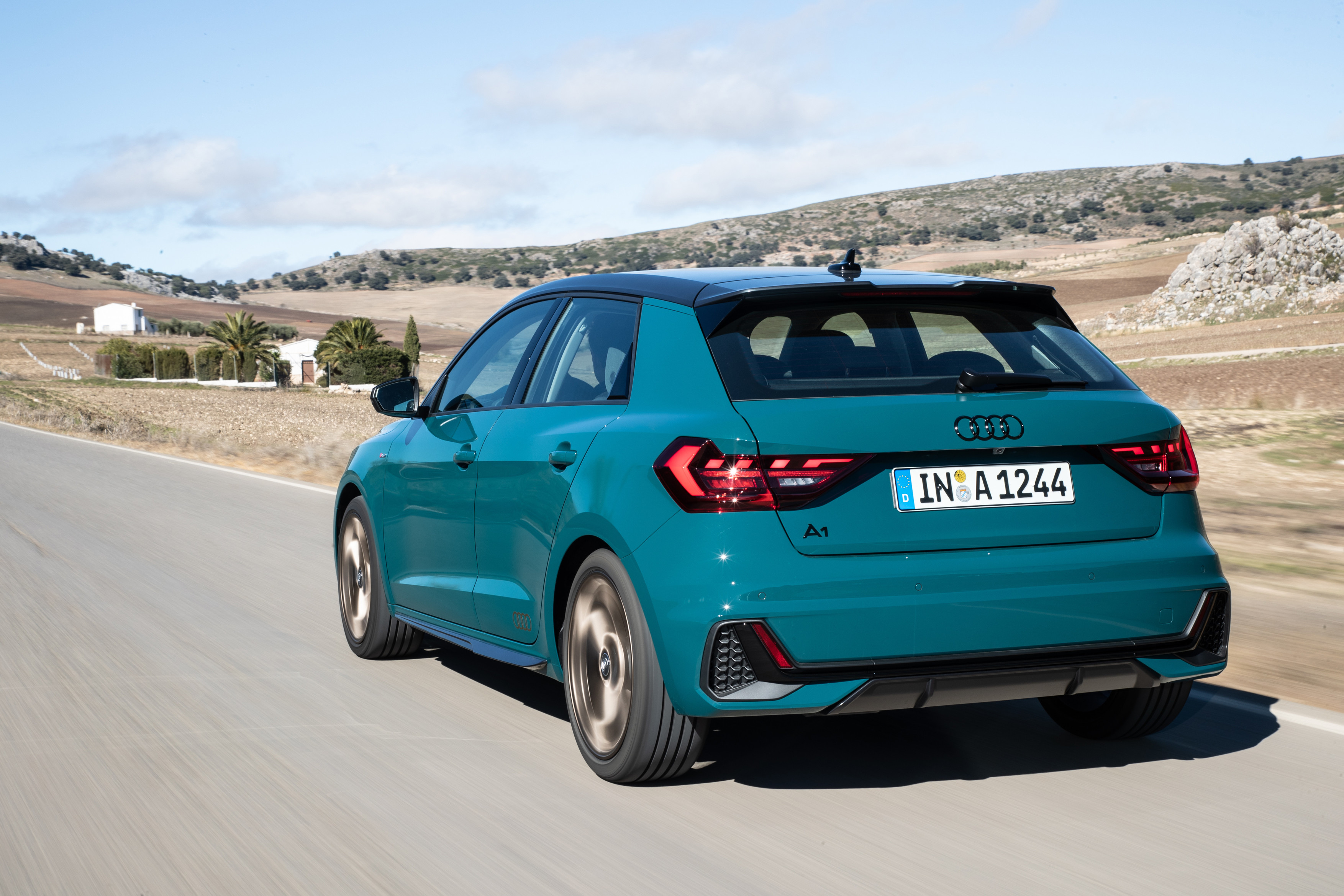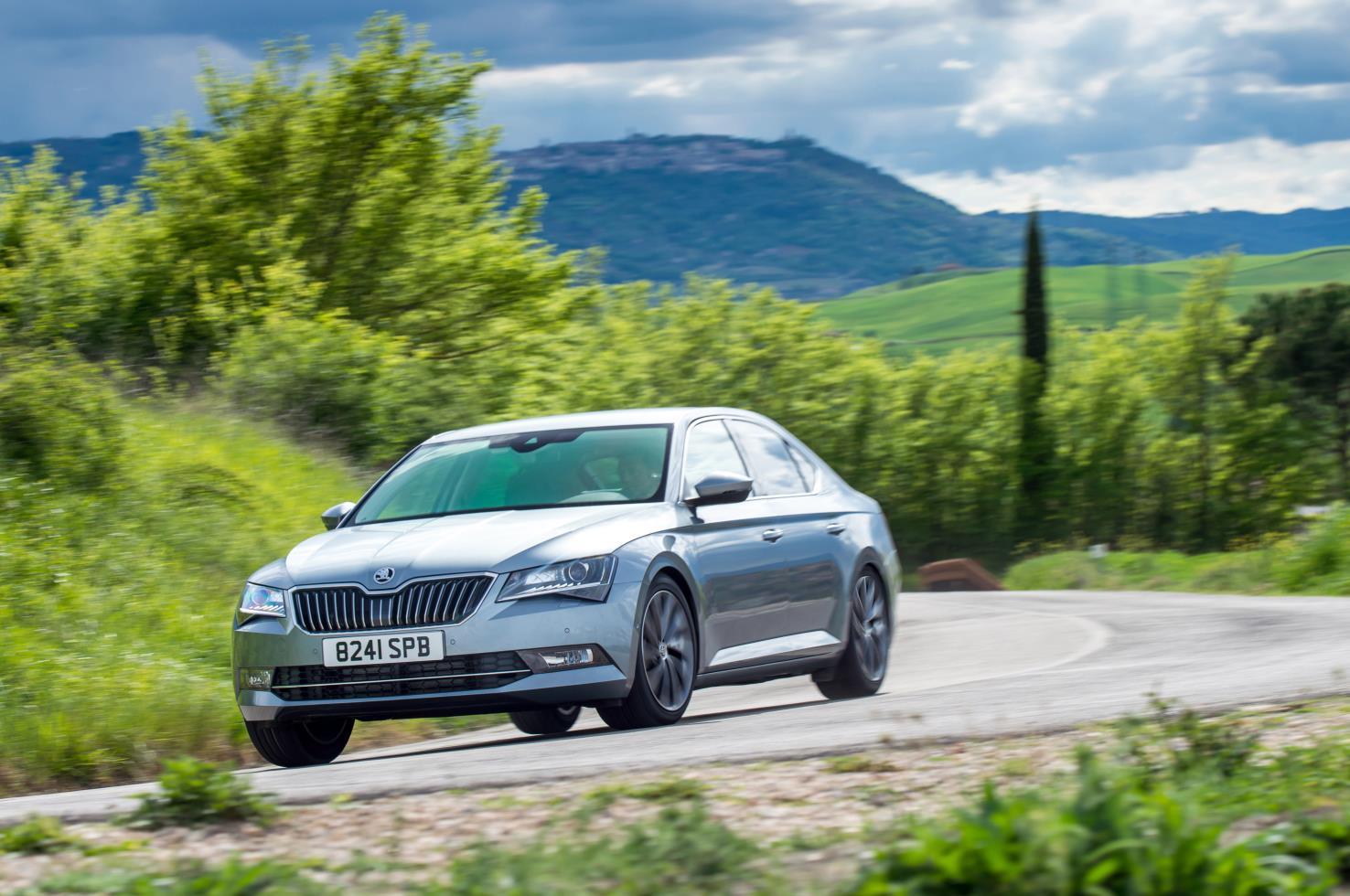What is it?
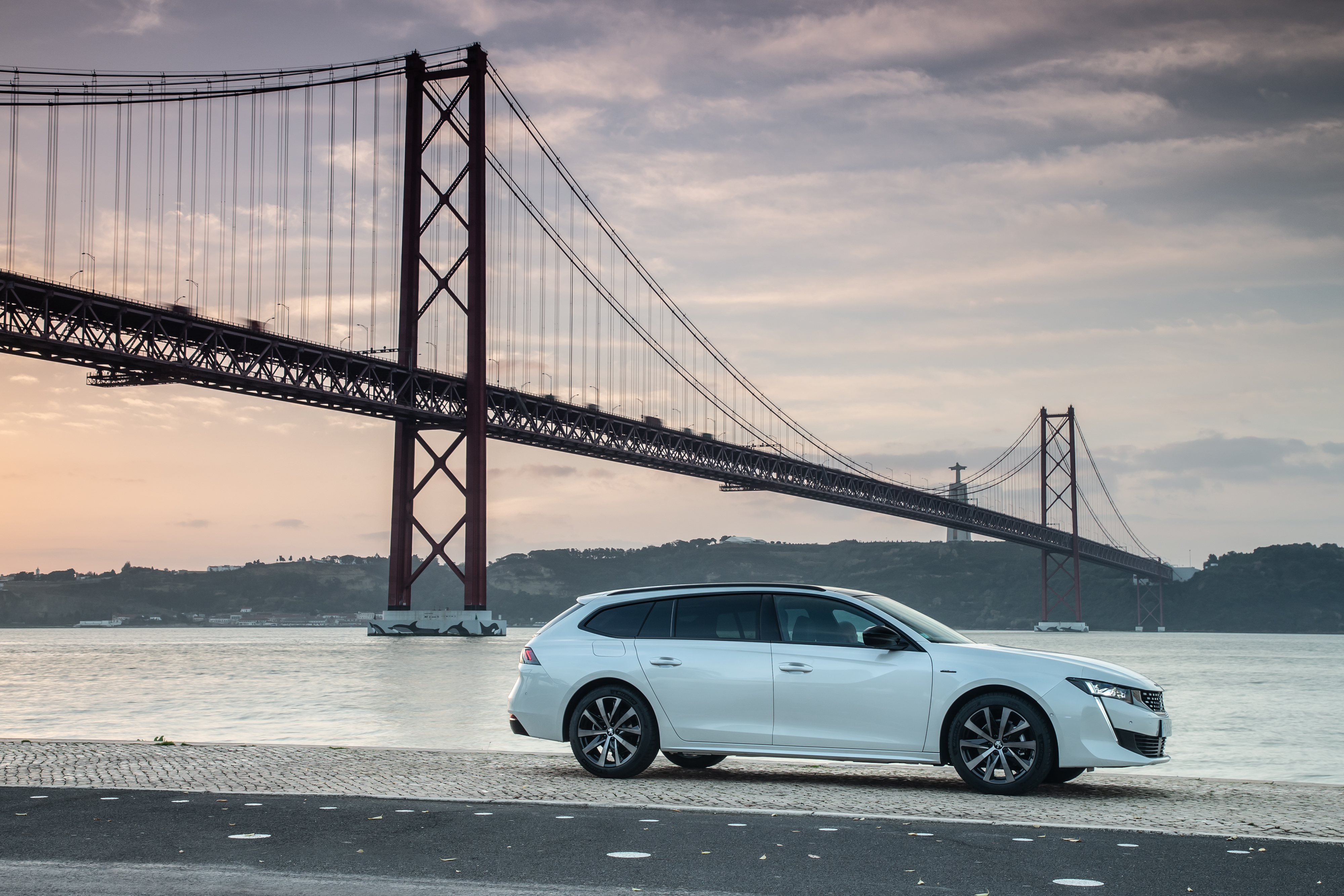
We could have predicted that the sleek and sexy Peugeot 508 would spawn a more practical estate model. After all, this market segment is peppered with the things – and the 508 SW sits bang smack in between more workaday models such as the Skoda Superb and premium offerings such as the BMW 3 Series.
At least that’s what the increasingly premium Peugeot wants you to think. In reality, it’s pitching the 508 SW as a design-focused lifestyle estate – the sort of car you’d buy if a VW Passat is too straight-laced. That’s not to say it isn’t practical and capable, however.
What’s new?
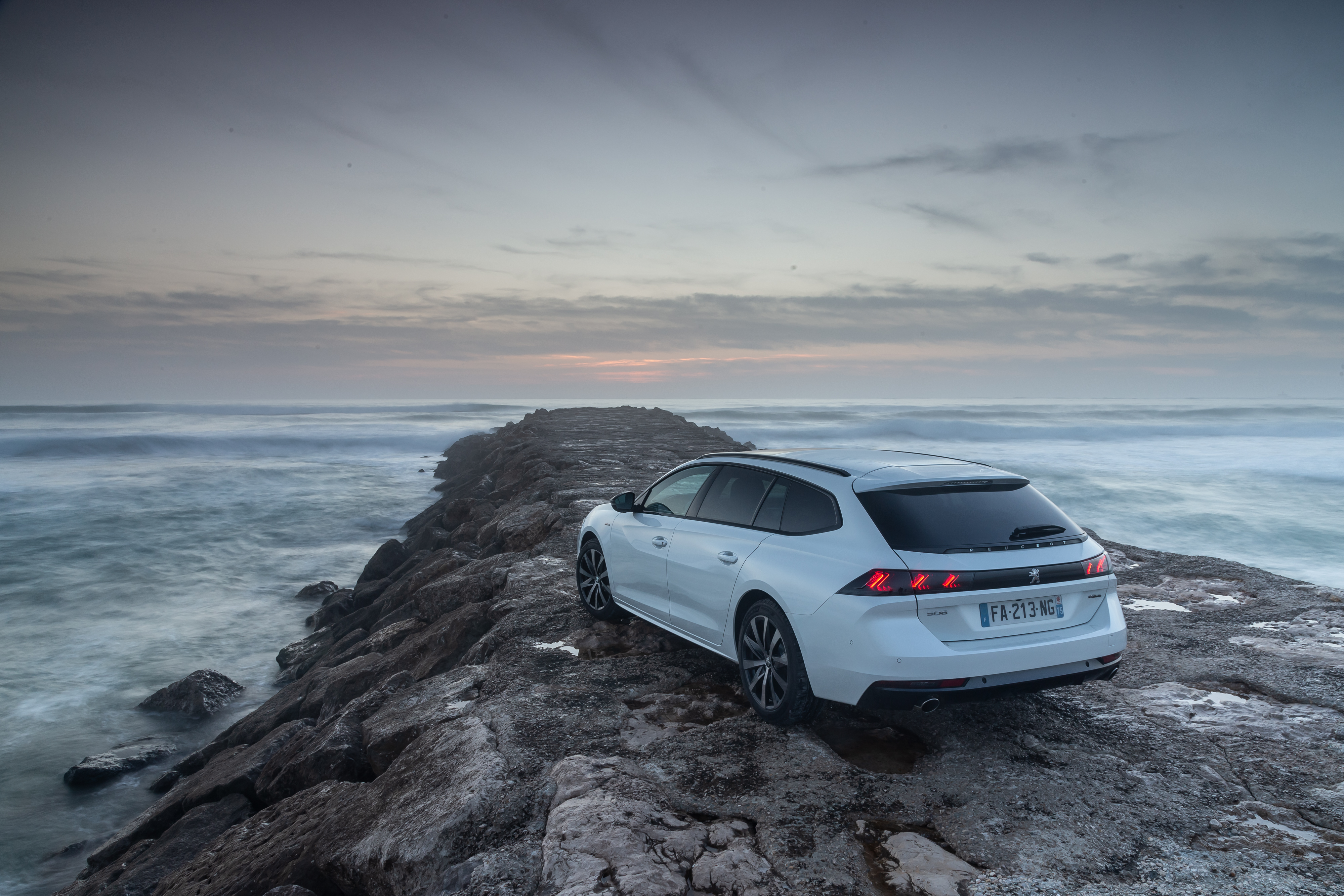
Unsurprisingly, the front end of the 508 SW is identical to the Fastback model. The difference is hanging over the rear wheels – 40mm of it, in fact, which doesn’t sound like a great deal.
The increased height of the roofline also means the SW sits 17mm higher than its Fastback sibling, with a boxier rear. Boot space underneath the parcel shelf is now 530 litres, a fair whack larger than the 487 litres of the Fastback – and with the rear seats folded, 1,780 litres is liberated compared to the saloon’s 1,537 litres.
Other than that, the underpinnings are identical, with the two cars sharing Peugeot’s EMP2 chassis and engine architecture. They also ride on the same wheelbase for simplicity’s sake.
What’s under the bonnet?
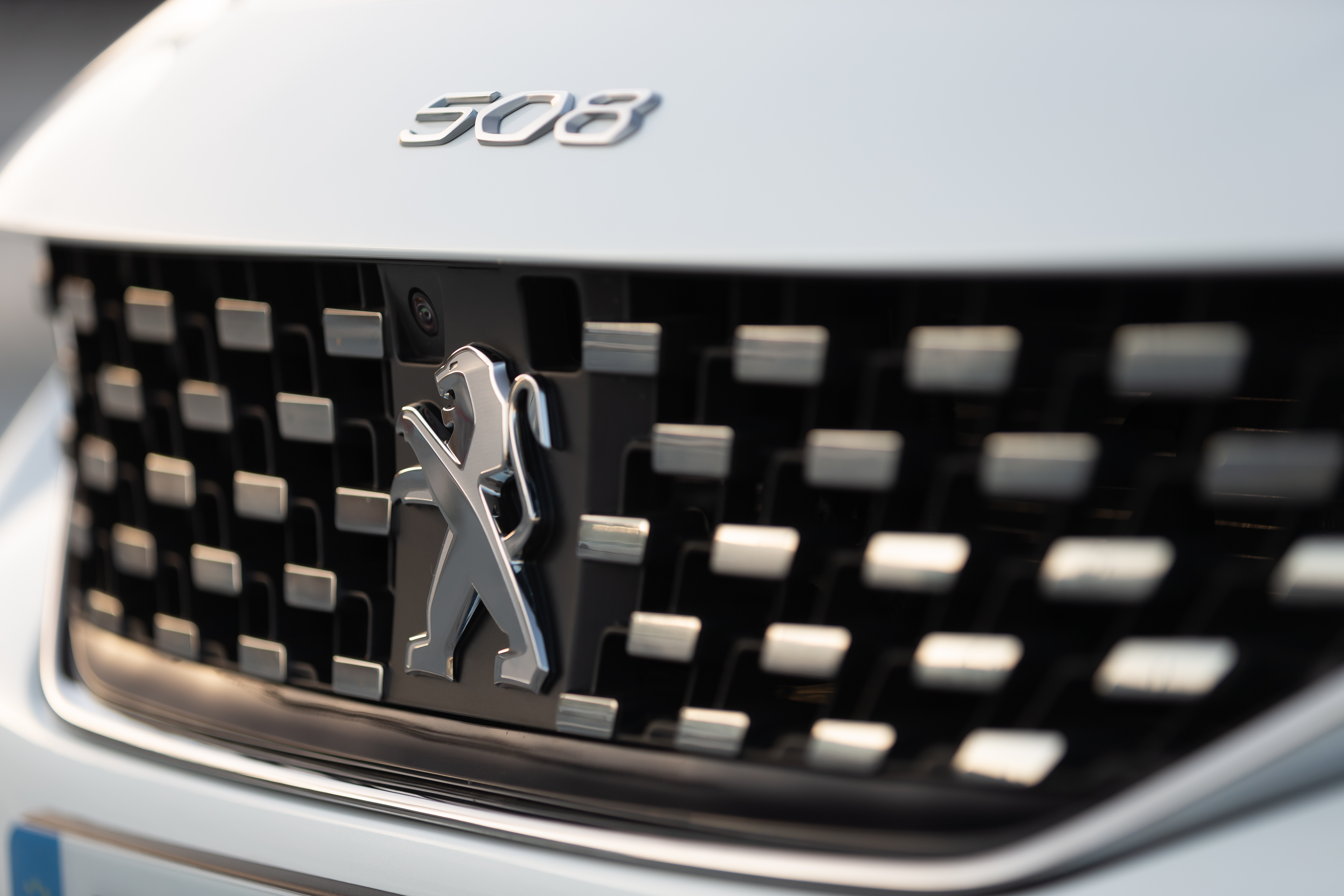
There’s a choice of three diesel and two petrol engines, and all but the base-spec diesel are mated as standard to an eight-speed automatic gearbox.
The range kicks off with a 1.5-litre 128bhp diesel, rising to a pair of 2.0-litre units with 158bhp and 178bhp respectively. On the petrol front, there’s the choice of two 1.6-litre engines with 178bhp or 223bhp. Diesel is expected to make up the majority of the mix to begin with, but as customers continue to desert the fuel the company is expecting a three-way split between diesel, petrol, and next year’s plug-in hybrid models by 2021.
Regardless of fuel type, all the engines seem a little vocal – but that’s due in part to excellent suppression of wind and road noise. Less forgivable is the fake noise pumped in when the cars are in ‘Sport’ mode – it’s a din.
The basic 128bhp diesel will suit most drivers, but for the extra punch on offer we’d step up to the mid-range 158bhp model which feels much stronger during overtaking and merging into faster traffic. The opposite is true for the petrol models – the 223bhp unit feels like overkill, and isn’t worth the extra over the 178bhp model. Fuel economy is strong across the range, with even the most powerful petrol quoting an official figure of 49.5mpg. The 128bhp diesel automatic claims 74.3mpg.
What’s it like to drive?
Here it is – the 508 SW. Unsurprisingly as it's big, handsome and French, I adore it. pic.twitter.com/g5WGvNN5Sw
— Tom Wiltshire (@mctreckmeister) November 29, 2018
The 508 SW doesn’t suffer at all for its bulkier bottom compared to the Fastback model. There’s little doubt this is one of the most dynamic models – GTI aside – that Peugeot’s produced in years, and it’s really rather good even when compared with premium rivals.
Make no mistake, the 508 SW isn’t as enjoyable as the rear-wheel drive BMW 3 Series Touring, but it makes the Volkswagen Passat feel leaden and remote in comparison. Down a twisting B road, the 508 SW is genuinely enjoyable, while it’s also a very comfortable cruiser.
It’s not perfect – the dinky steering wheel that comes along with Peugeot’s i-Cockpit interior design (more on that later) means that the rack feels somewhat over-assisted, and there’s zero road feel. The driving position it forces you to adopt takes some getting used to, too, though it’s still comfortable.
How does it look?
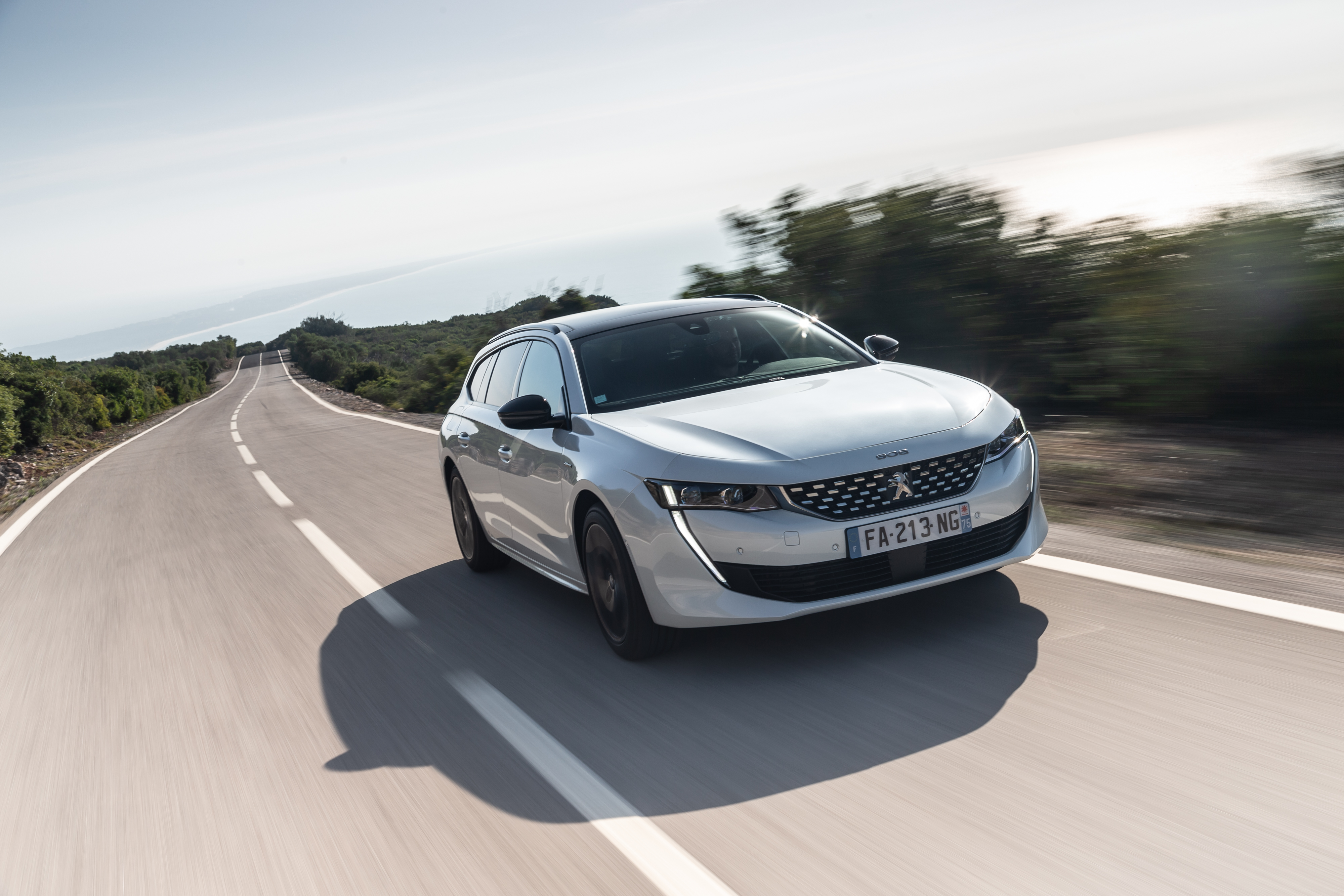
The 508 SW is the best-looking car Peugeot’s current design language has produced – arguably, it’s even better-proportioned than the already-gorgeous Fastback model. Of course, the front ends are identical, so the SW adopts a sharp corporate grille, ‘sabre-tooth’ LED daytime running lights and sleek design throughout.
The rear end is less boxy than many rivals, admittedly at the expense of practicality. However, what the sloping roofline does give is a dramatic rear end, equipped with a full-width gloss panel containing the taillights and with ‘Peugeot’ spelled out just underneath the rear window.
The 508 SW’s looks aren’t as massively spec-dependent as some rivals, either. A basic ‘Allure’ 508 SW still looks fantastic, where a basic VW Passat or Skoda Superb has a real bargain-basement flavour.
What’s it like inside?
And here's the Zebrano wood boot floor on First Edition models. It even smells good. Weighs a ton though! pic.twitter.com/s50qn9Q2B6
— Tom Wiltshire (@mctreckmeister) November 29, 2018
The 508 SW lifts its interior almost unchanged from the Fastback model, which means you get the latest evolution of Peugeot’s i-Cockpit dashboard system. That’s definitely a good thing – the combination of a squashed steering wheel and high-set dials has evolved since it was first introduced on the 208, and it’s now a really comfortable place to sit and spend time.
All the major controls are oriented towards the driver, which combined with the high centre console gives a proper cockpit feeling. The digital dashboard is a triumph, too – it’s easy to read, well customisable and features swooping graphics that really look the business.
To be critical, accessing most major controls – especially the climate control – through the touchscreen can be a pain. And while rear headroom has increased marginally over the Fastback, legroom hasn’t – a product of using an identical wheelbase. At least the boot is wide and flat with no load sill, though overall capacity is well down on the likes of the Skoda Superb.
What’s the spec like?
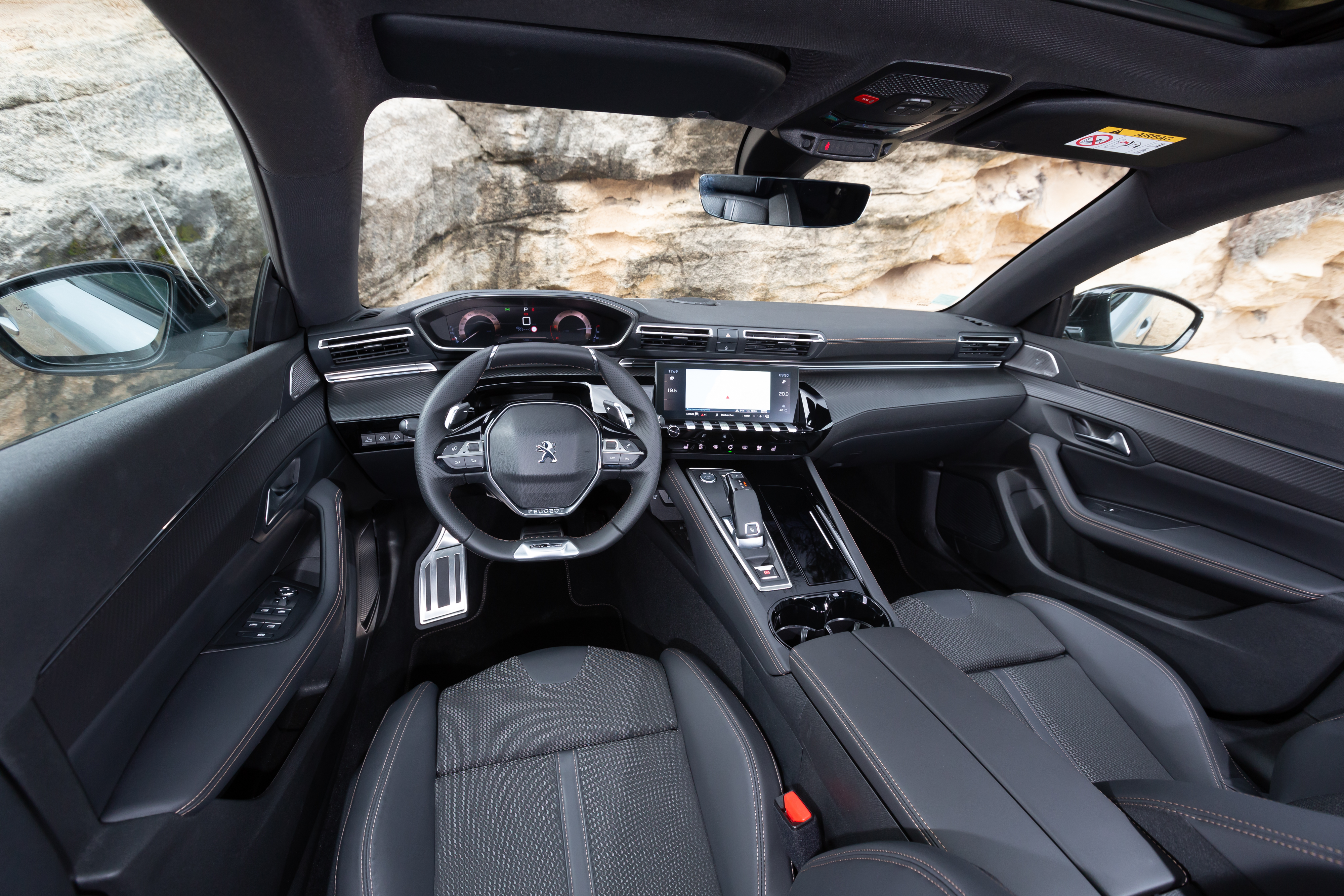
Peugeot hasn’t revealed full UK specifications for the 508 SW just yet, but it’s a fair guess that trim levels will be virtually identical to the Fastback. All cars get the i-Cockpit with a touchscreen infotainment display, ‘Connected’ navigation, dual-zone climate control, rear parking sensors and Apple CarPlay and Android Auto compatibility.
The 508 SW is also launching with a limited-run ‘First Edition’ trim. This loads on the luxury kit, including Night Vision, full LED headlights, 19-inch alloy wheels, wireless smartphone charging, a Focal audio system and a gorgeous Zebrano wood finish for the dashboard and boot floor.
Verdict
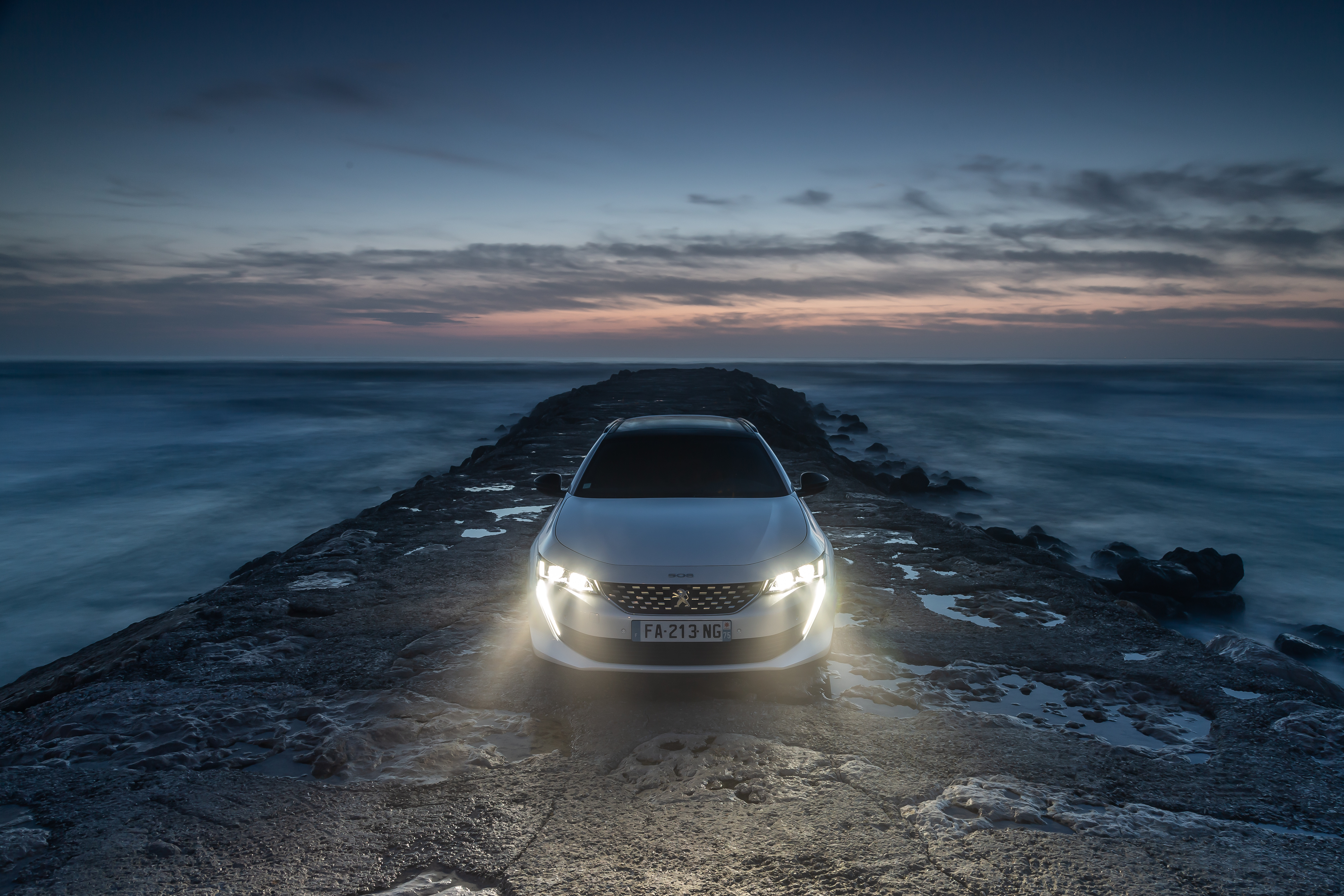
The Peugeot 508 SW has the potential to be a serious player in this class – it looks fantastic, drives well, and has more personality than many of its rivals. That does come at a price though, and the SW is expected to be a couple of thousand pounds more than the already expensive Fastback. Time will tell whether this move pays off for Peugeot and if the brand can shake off its past to become a genuine premium manufacturer – but this is a great start.

